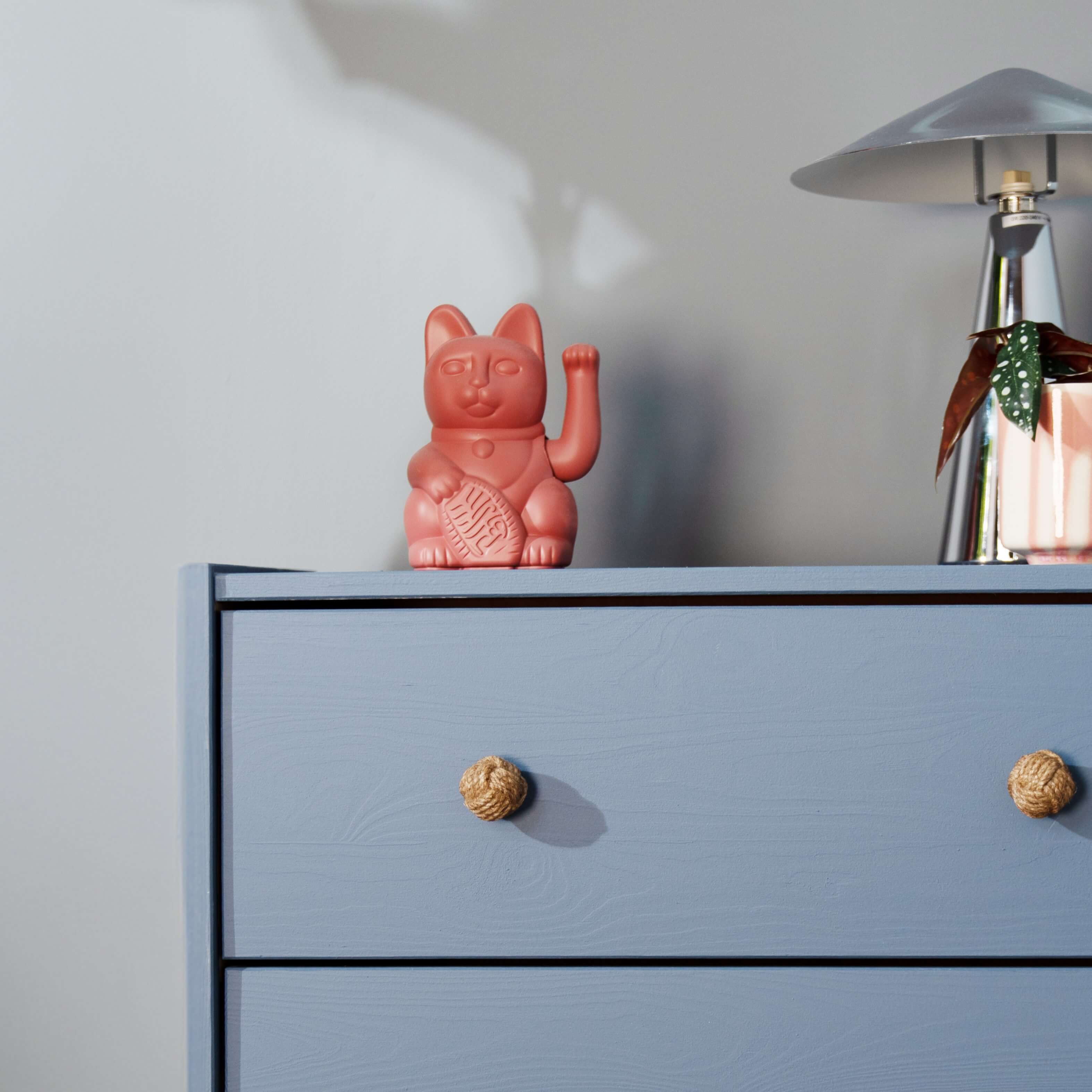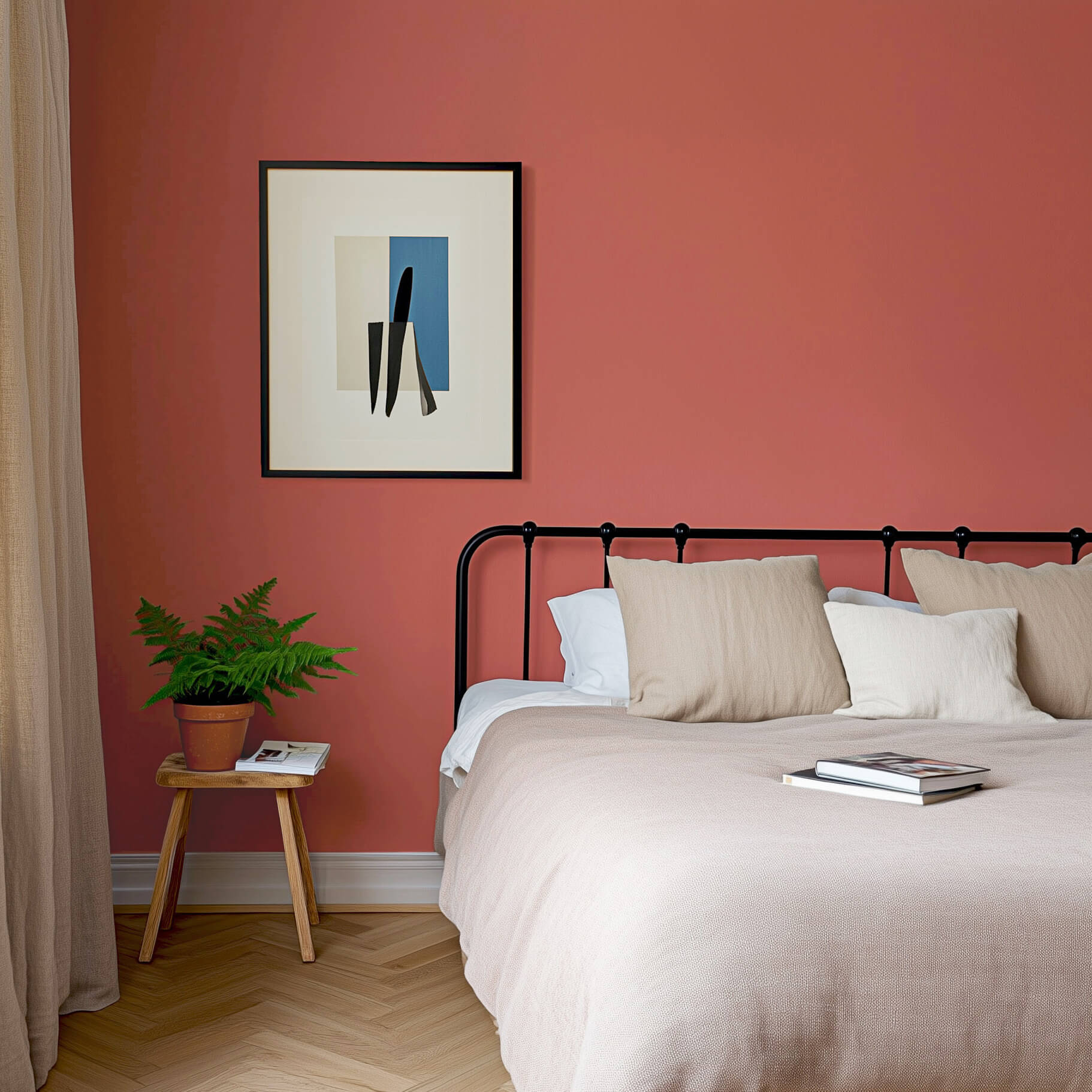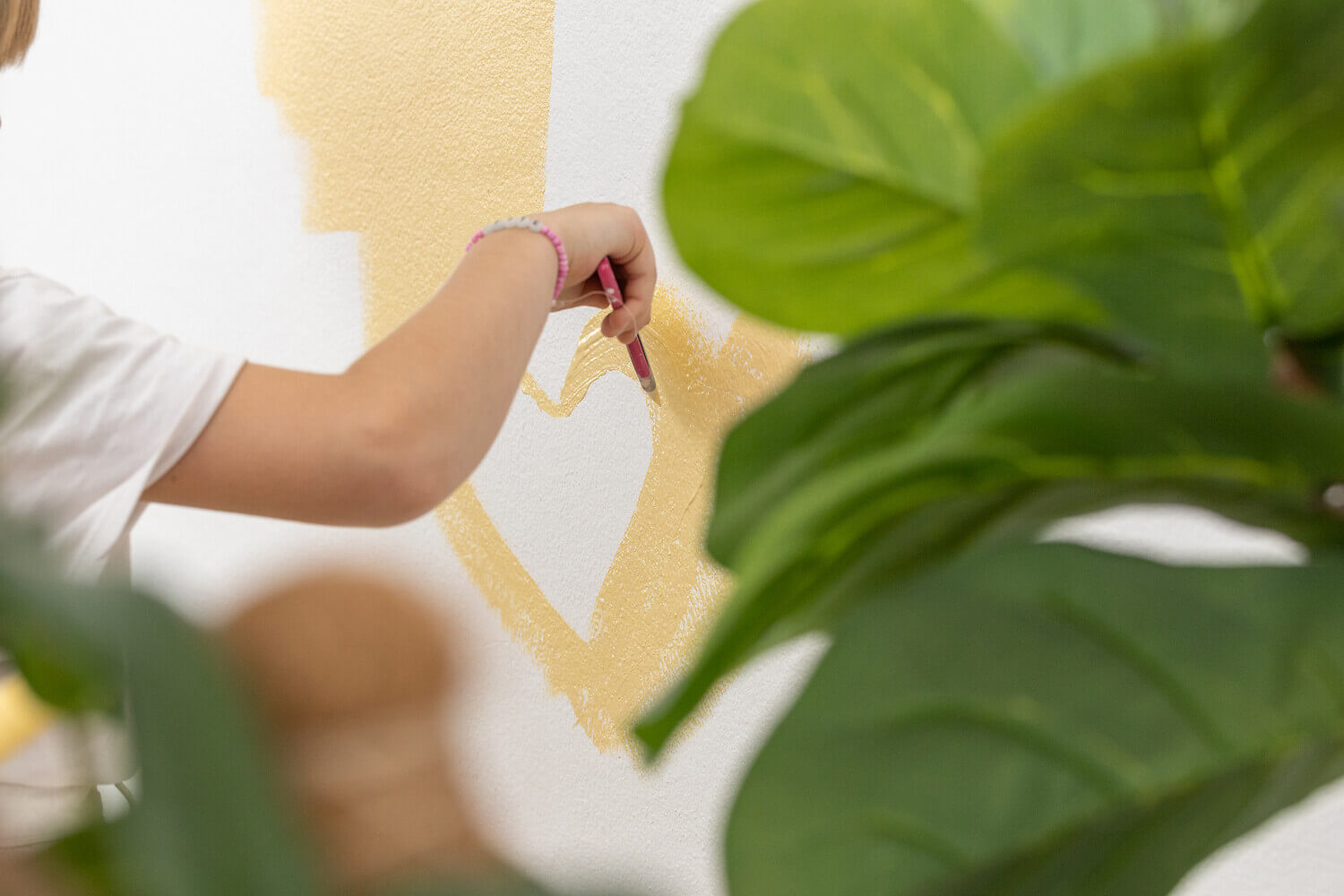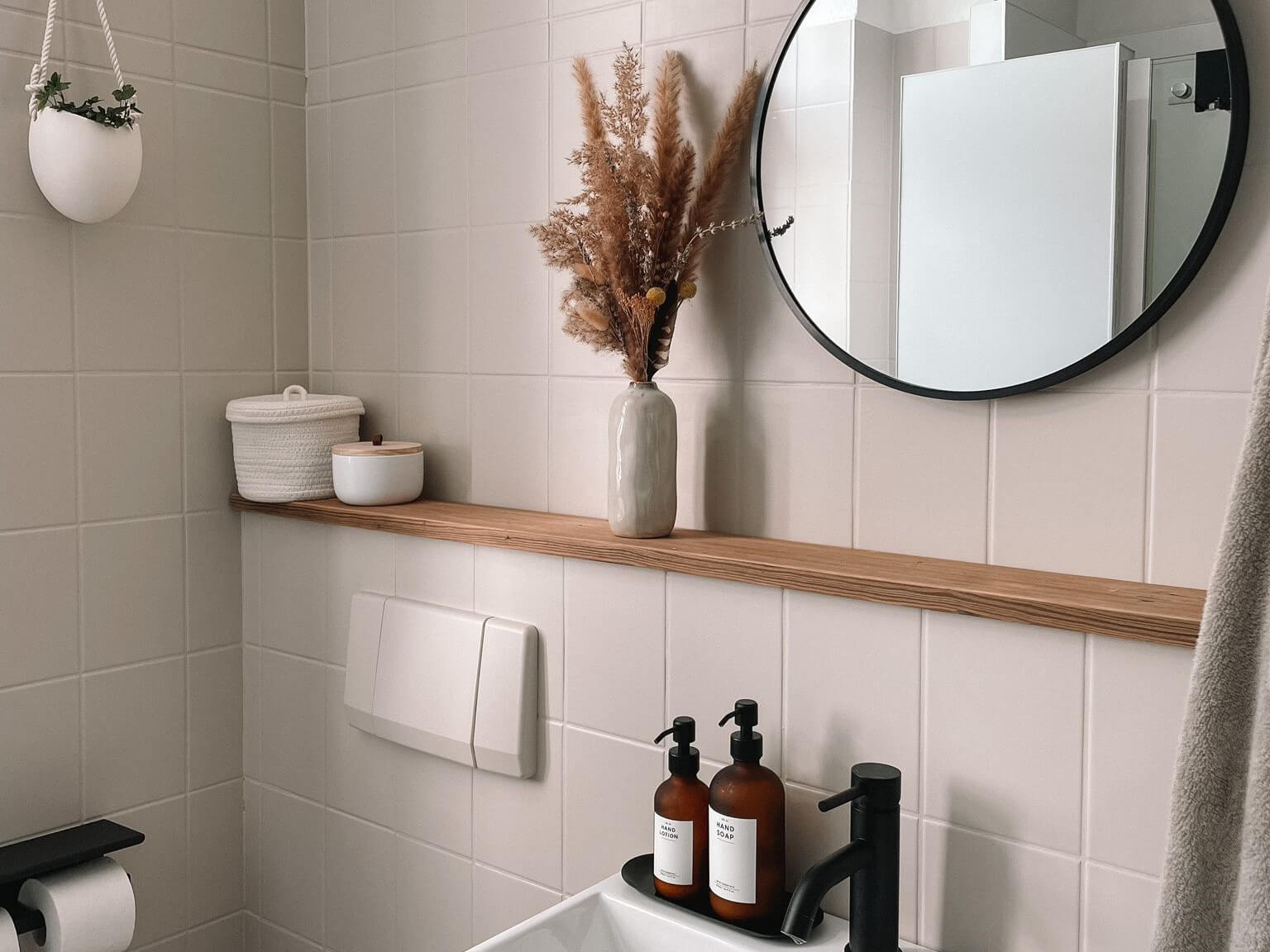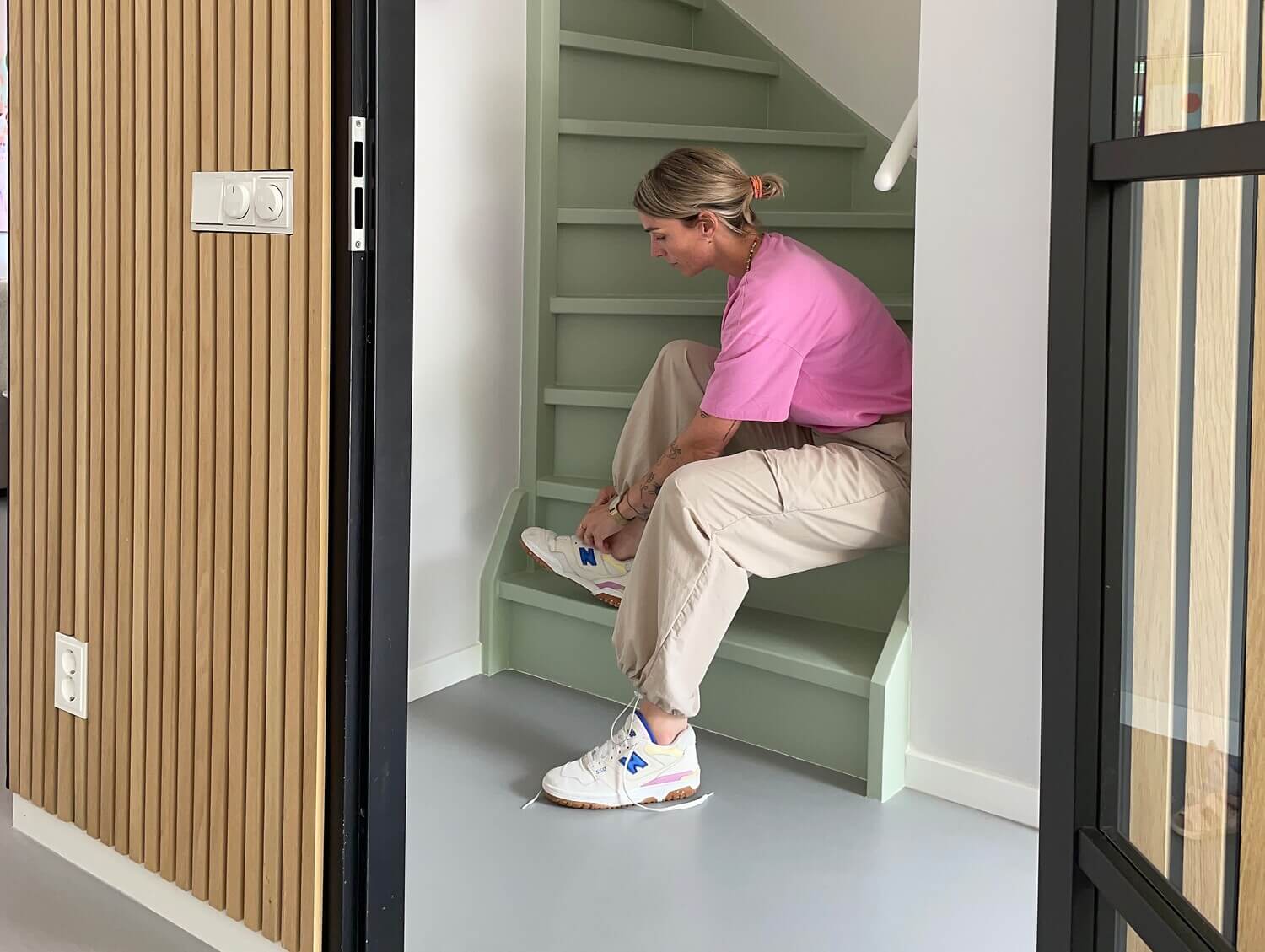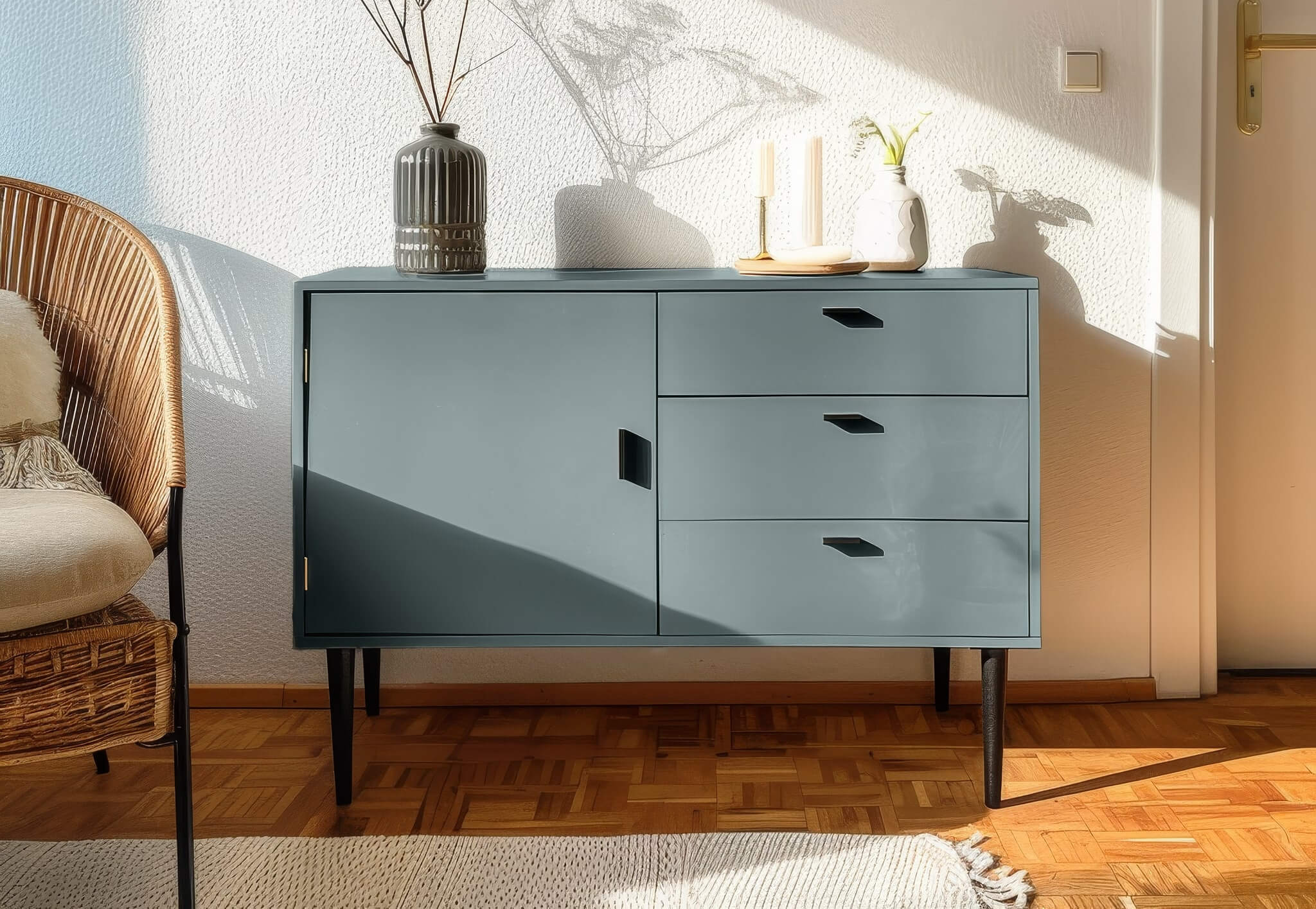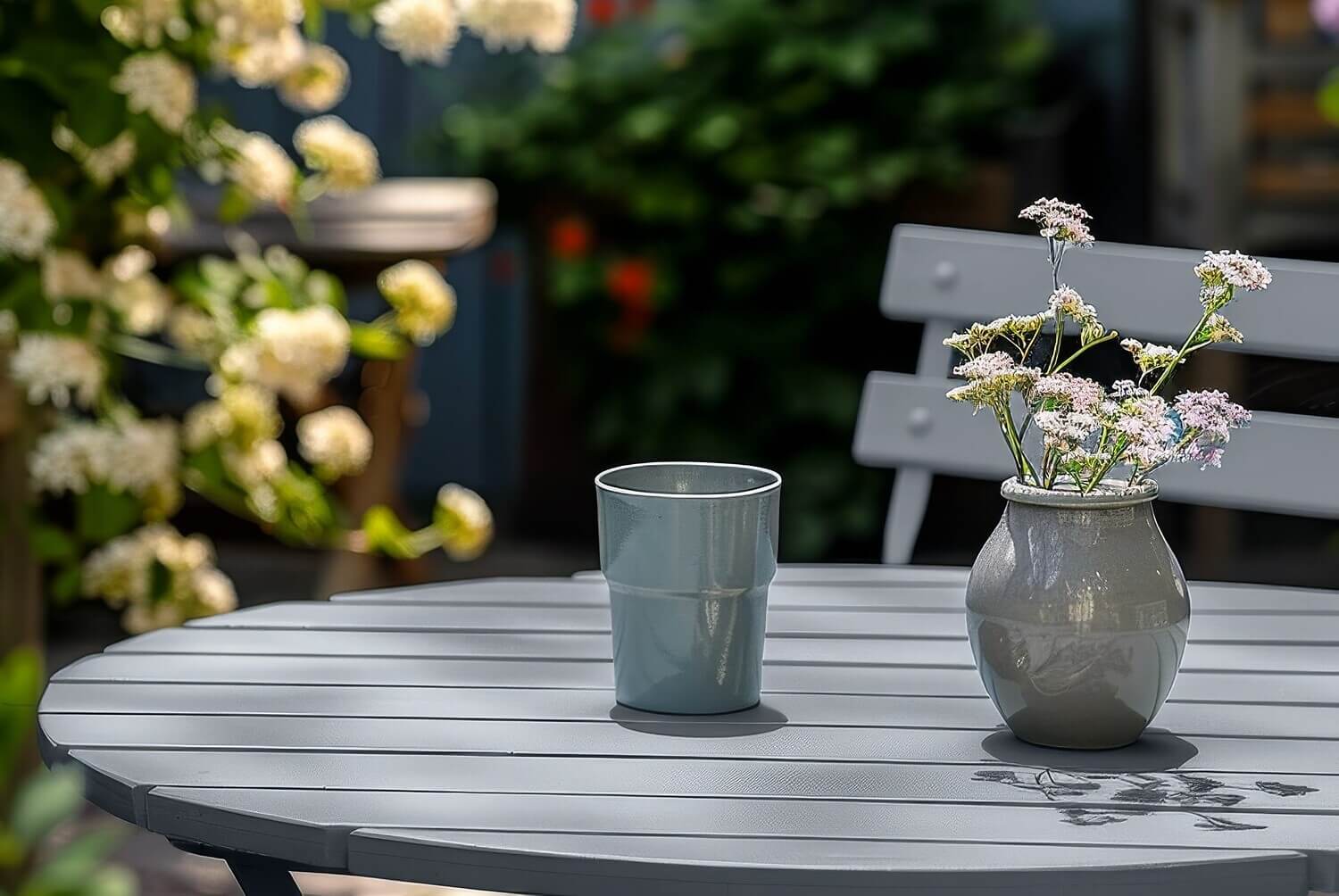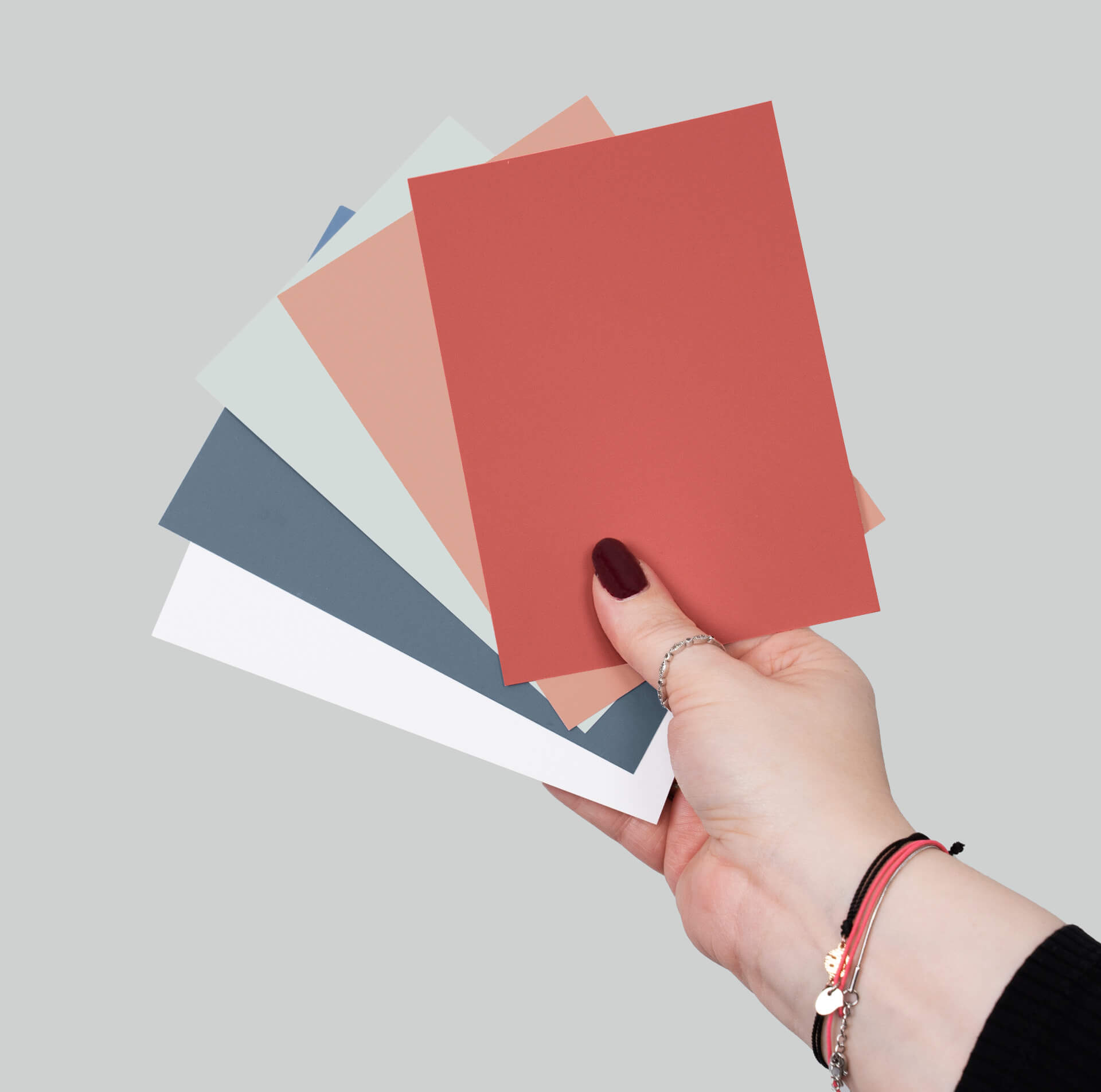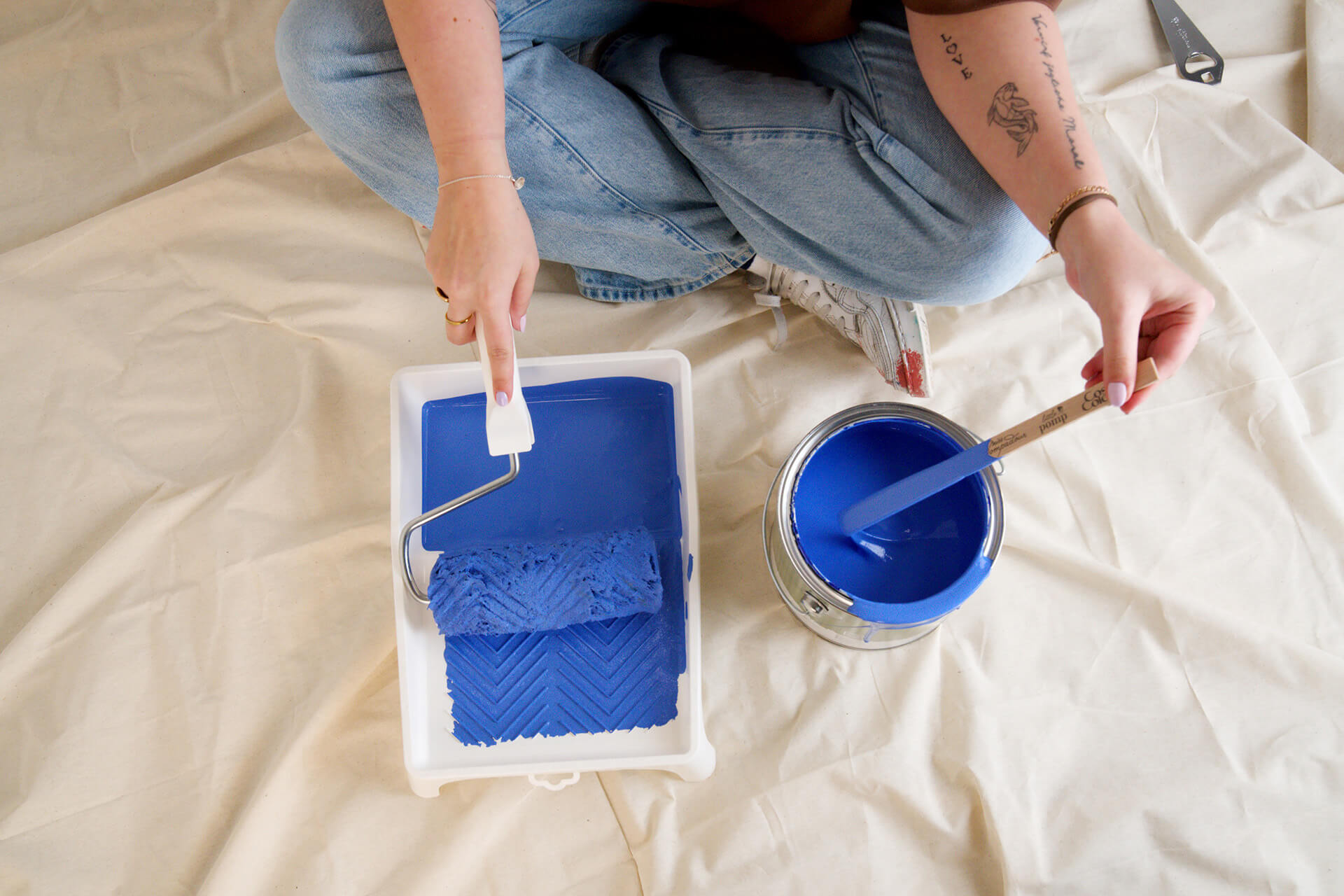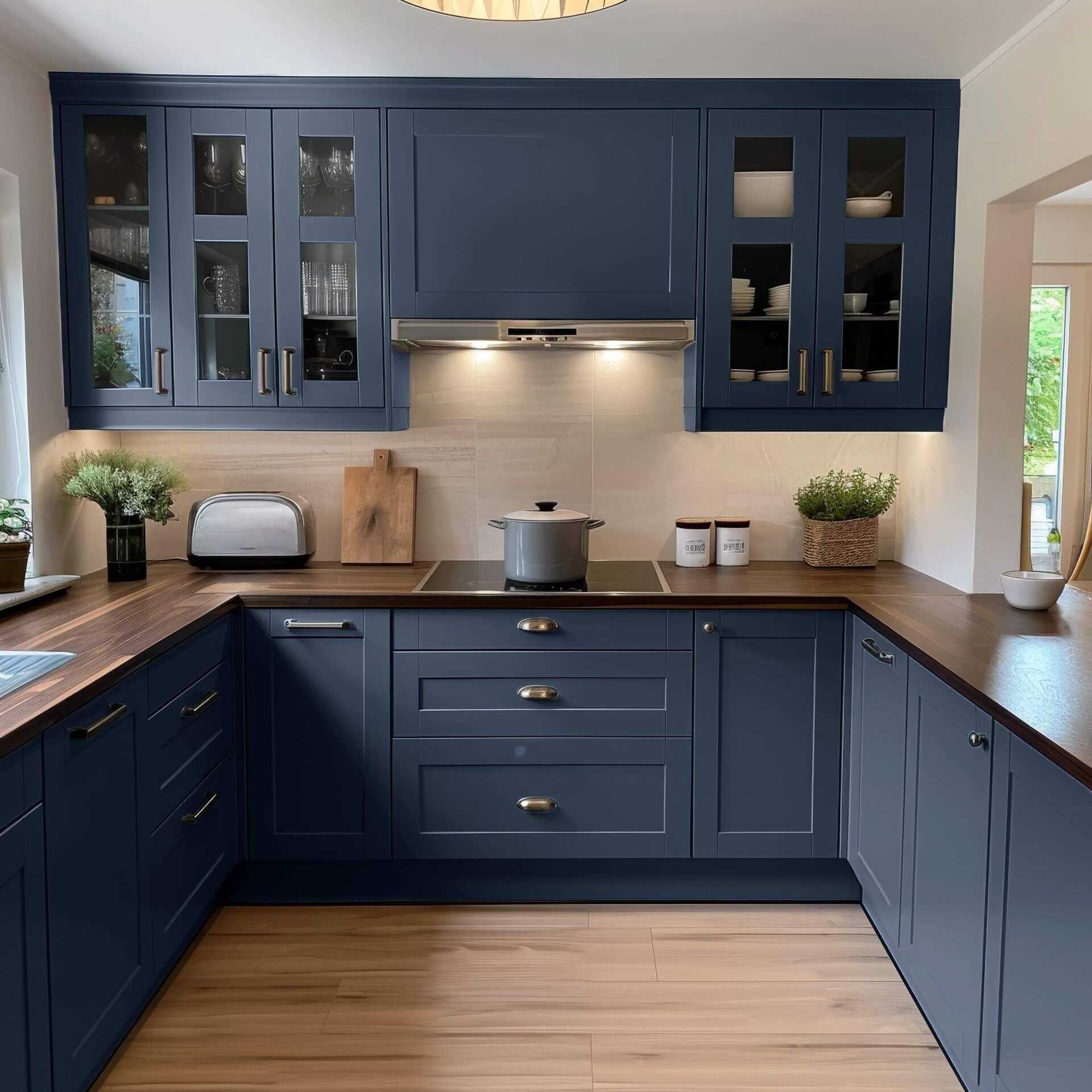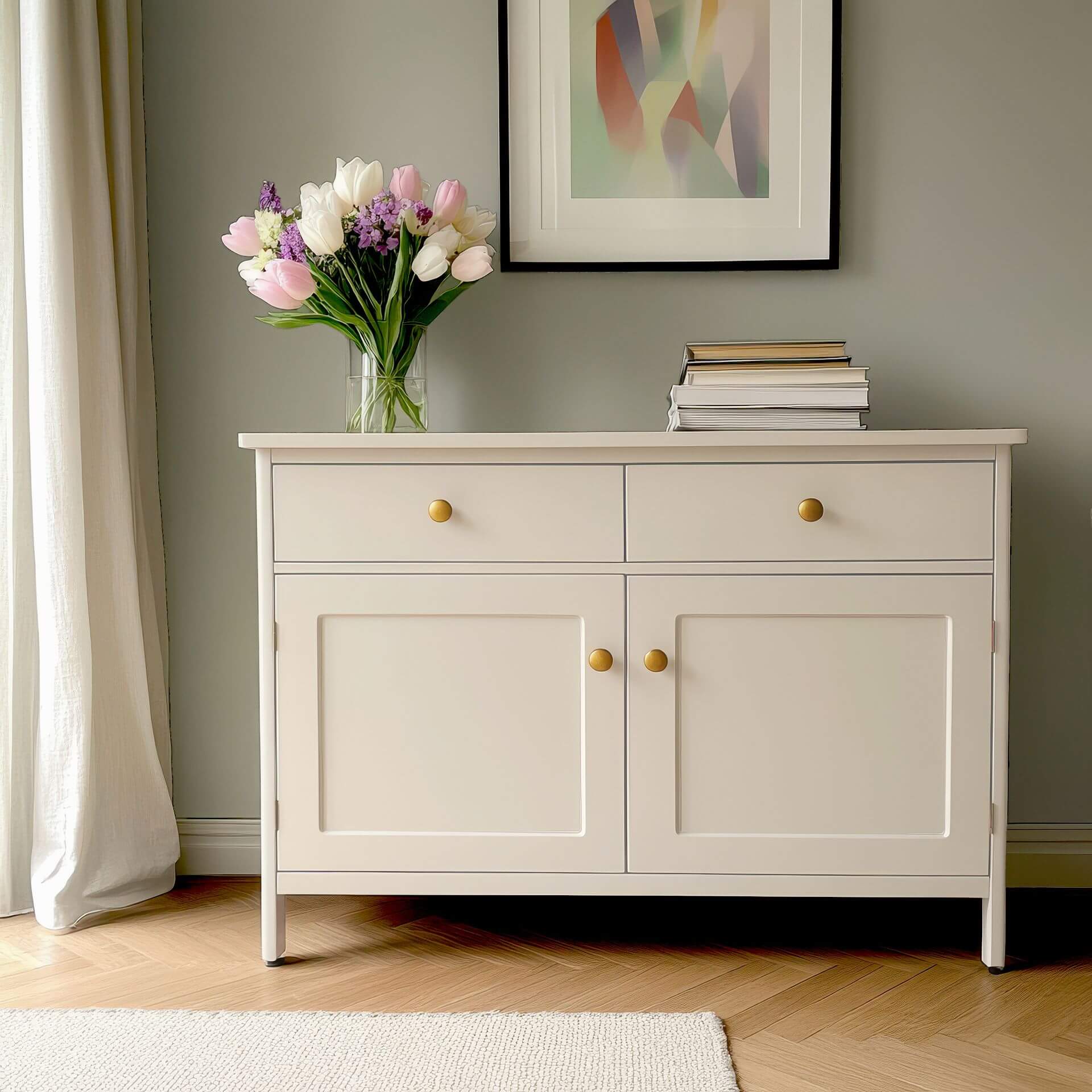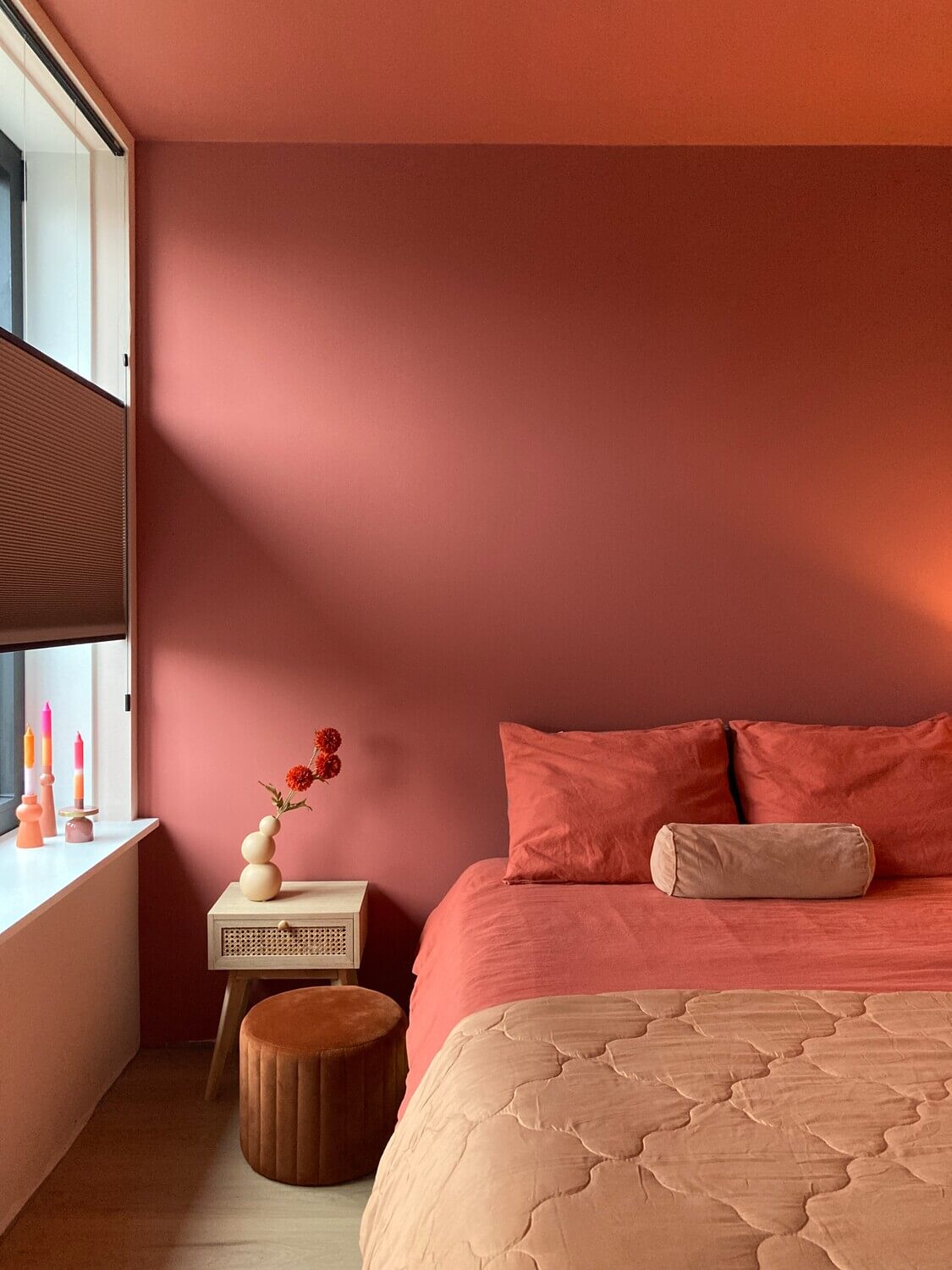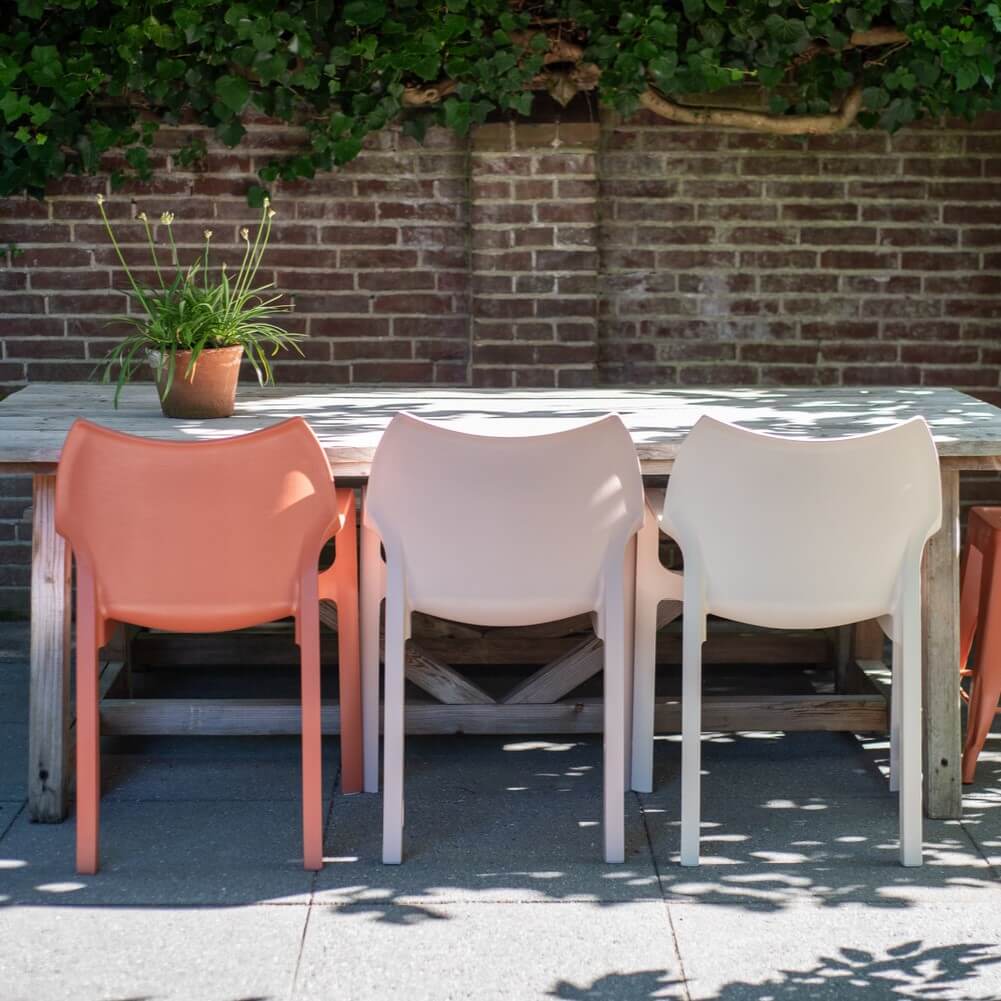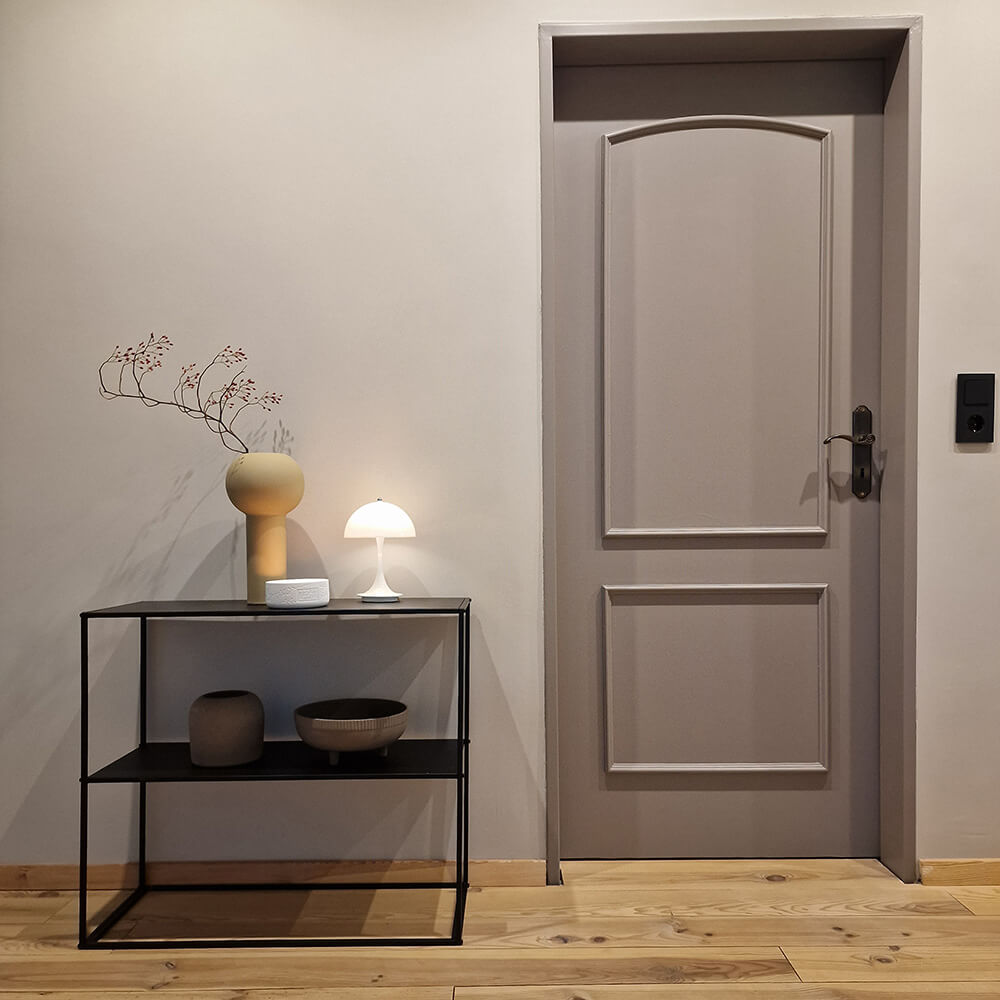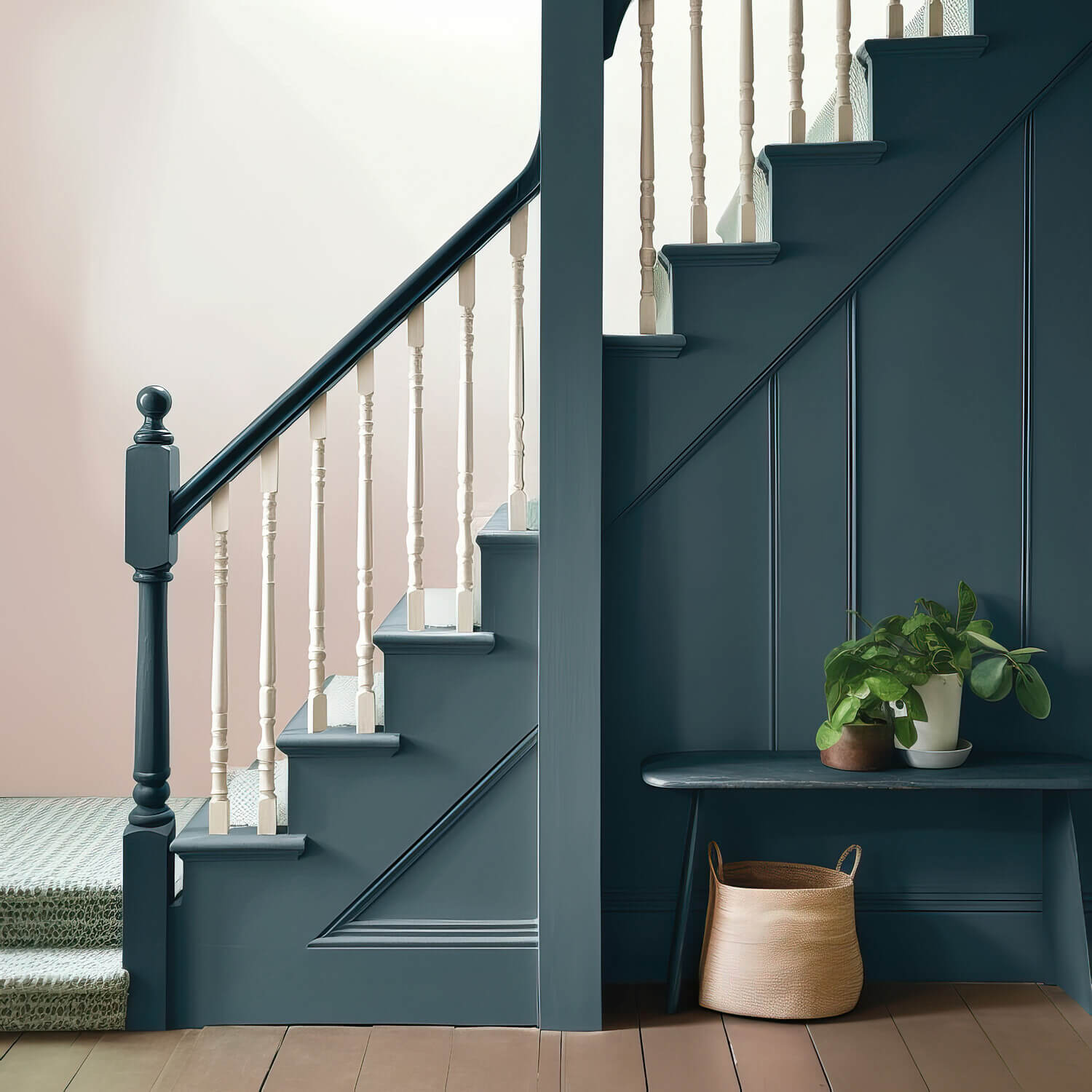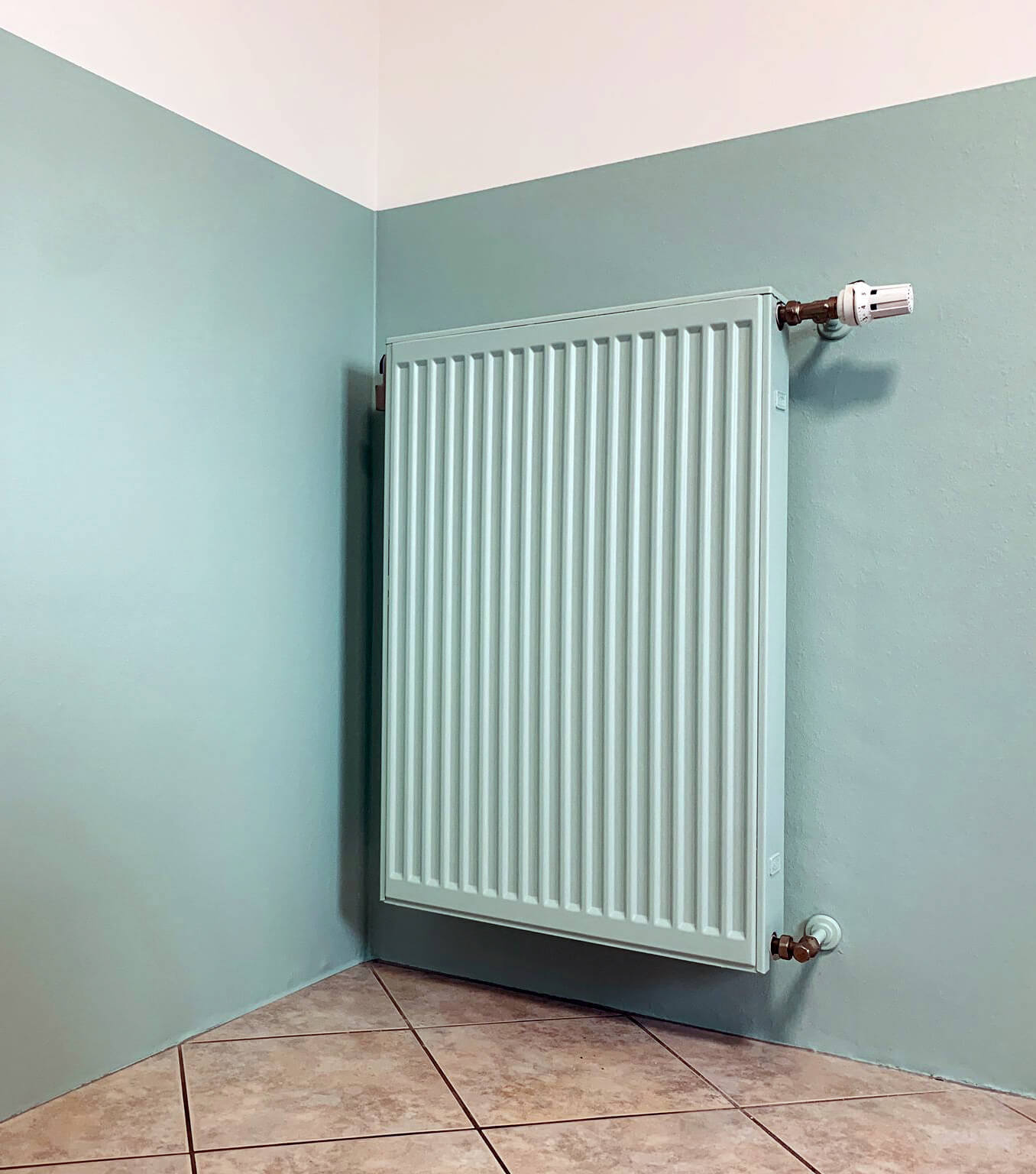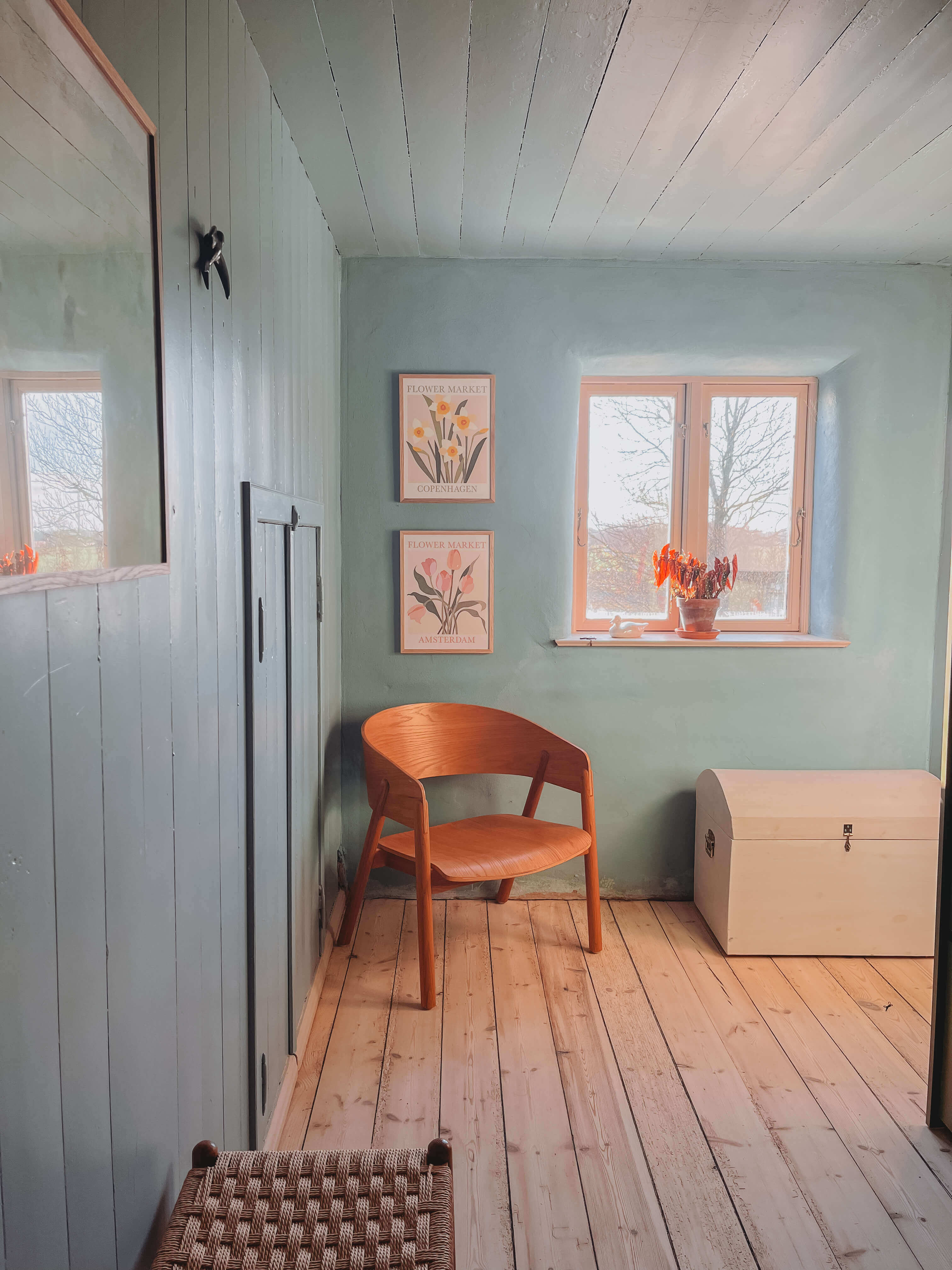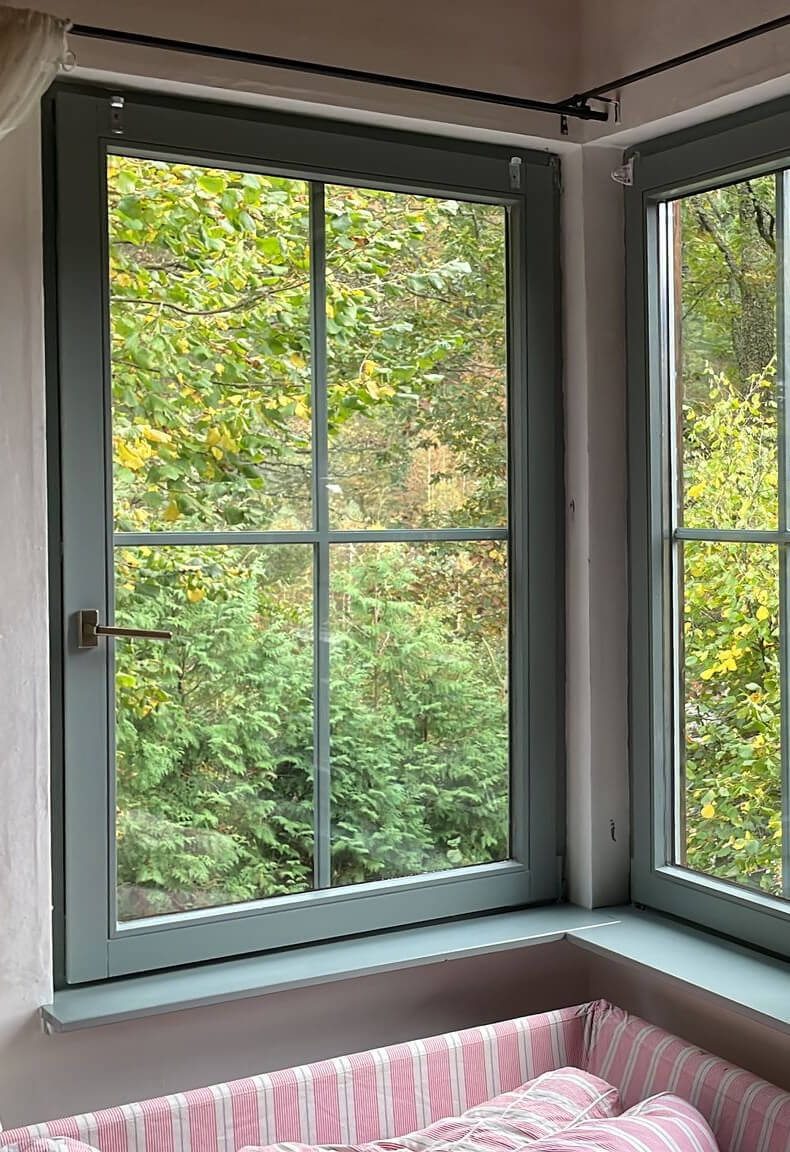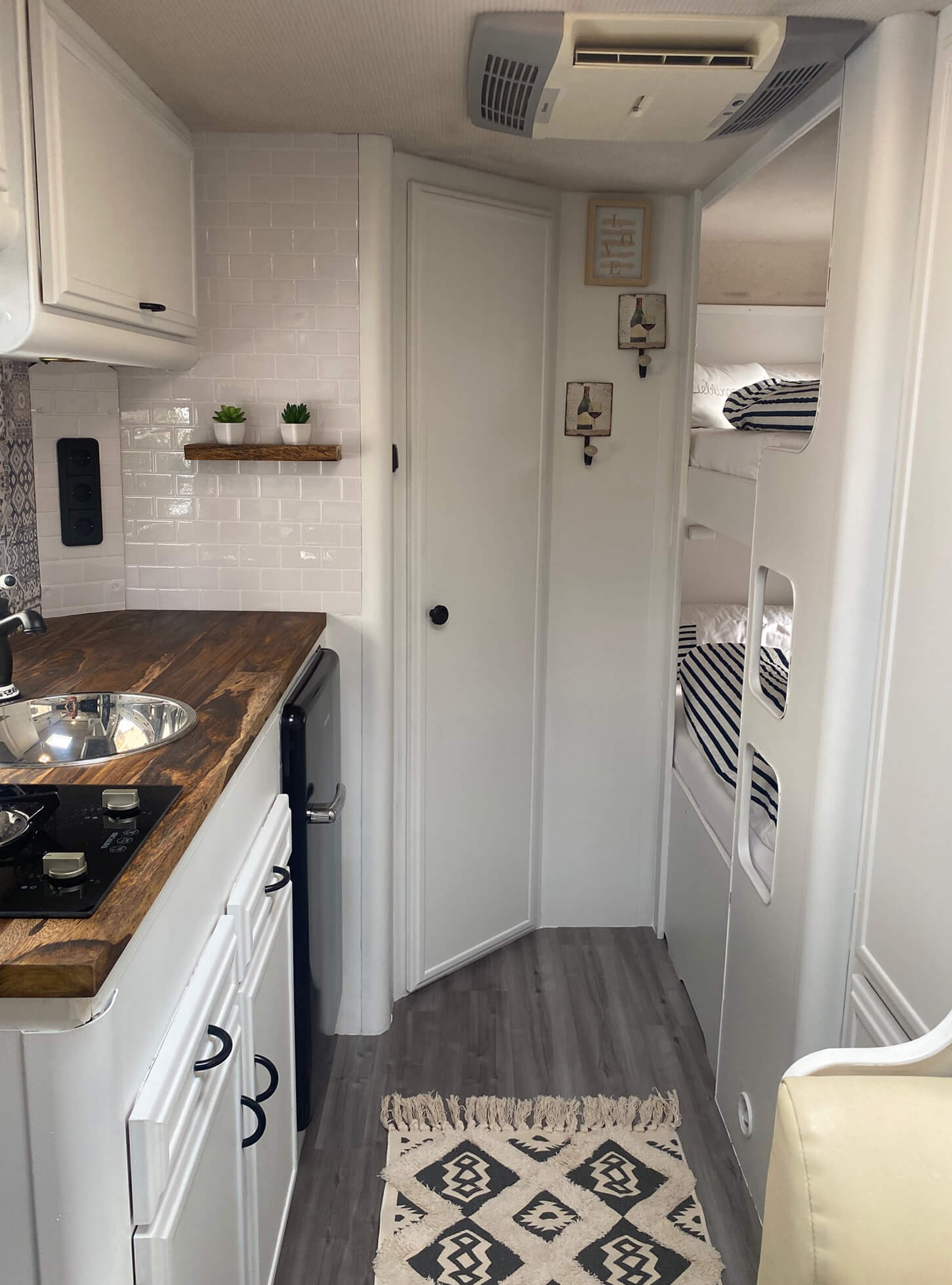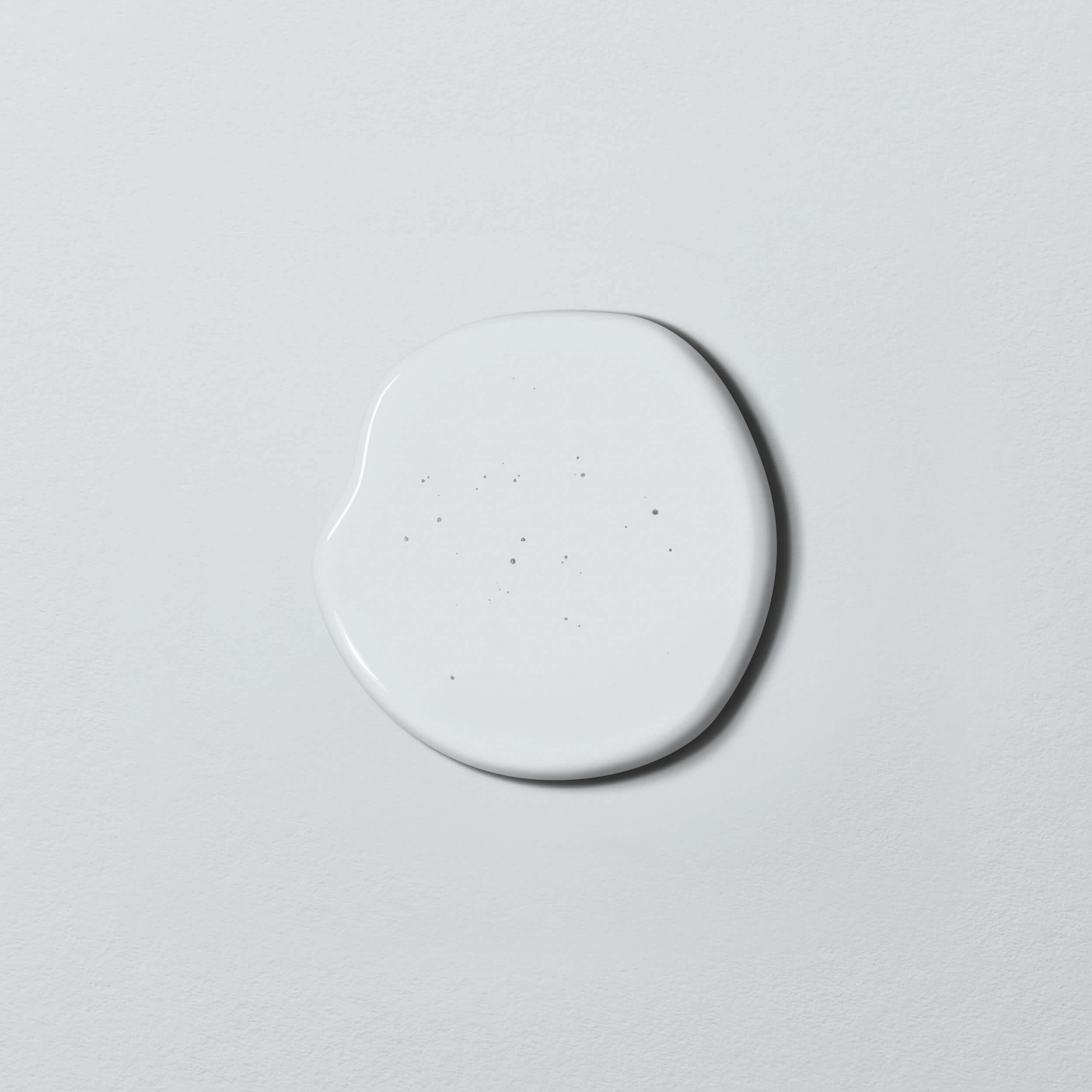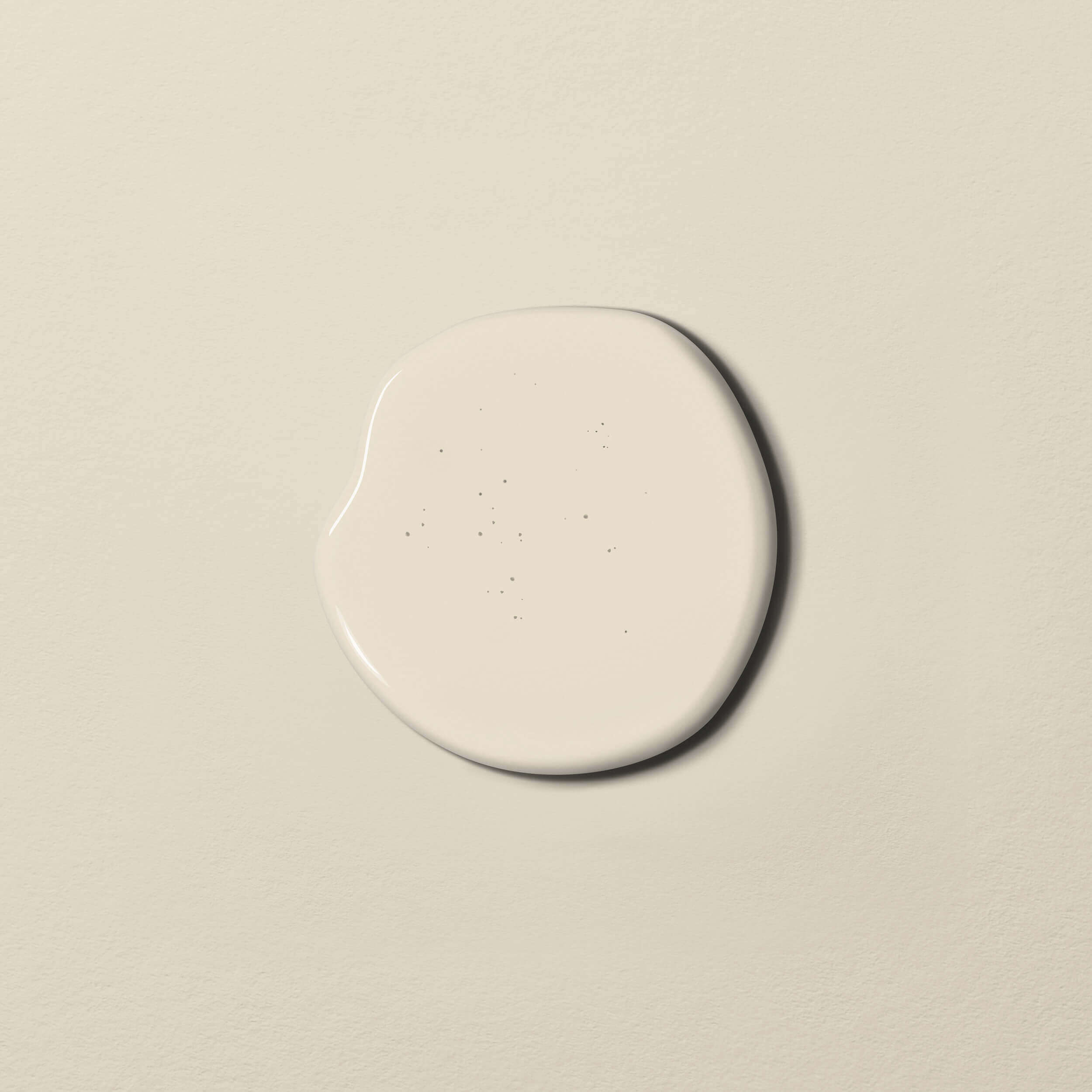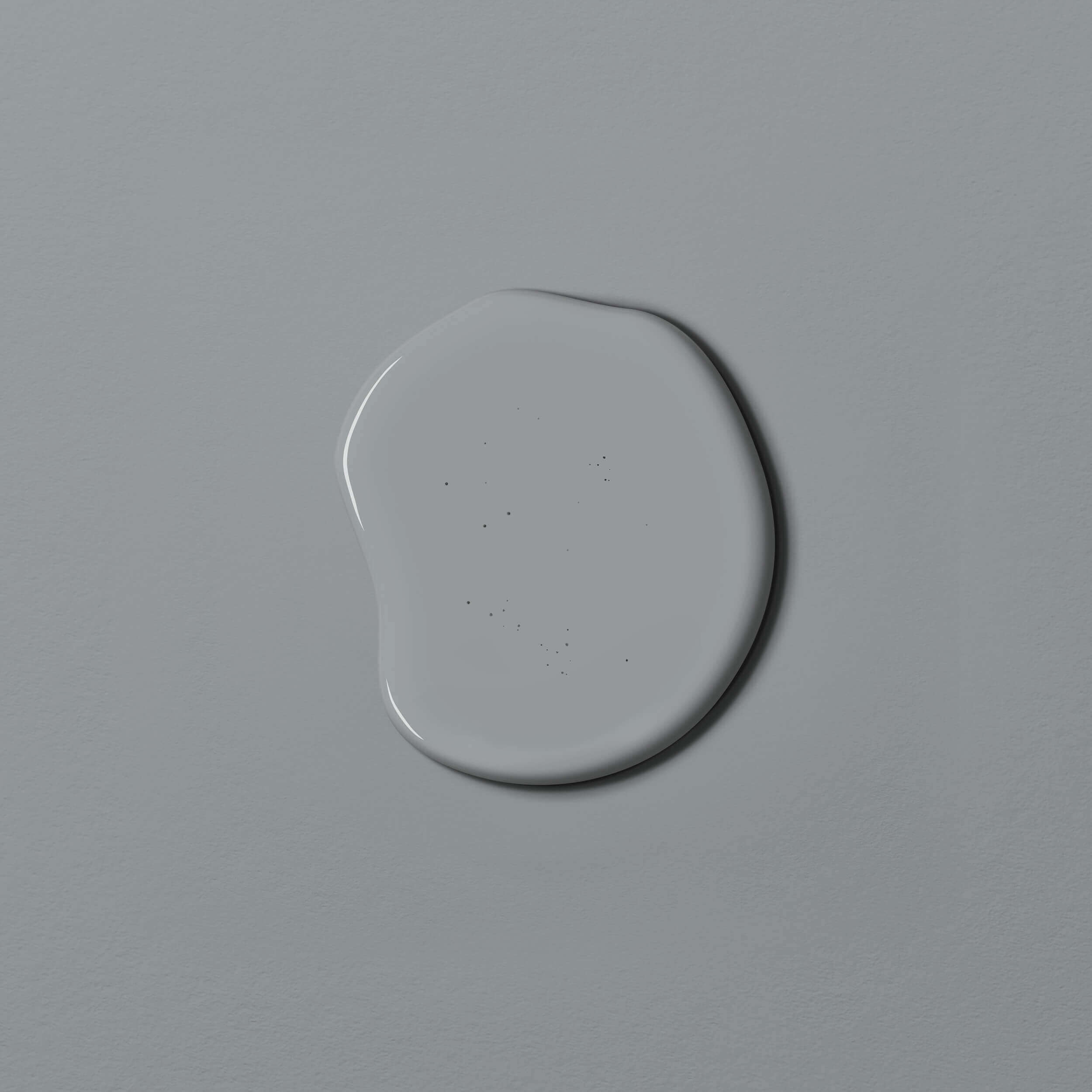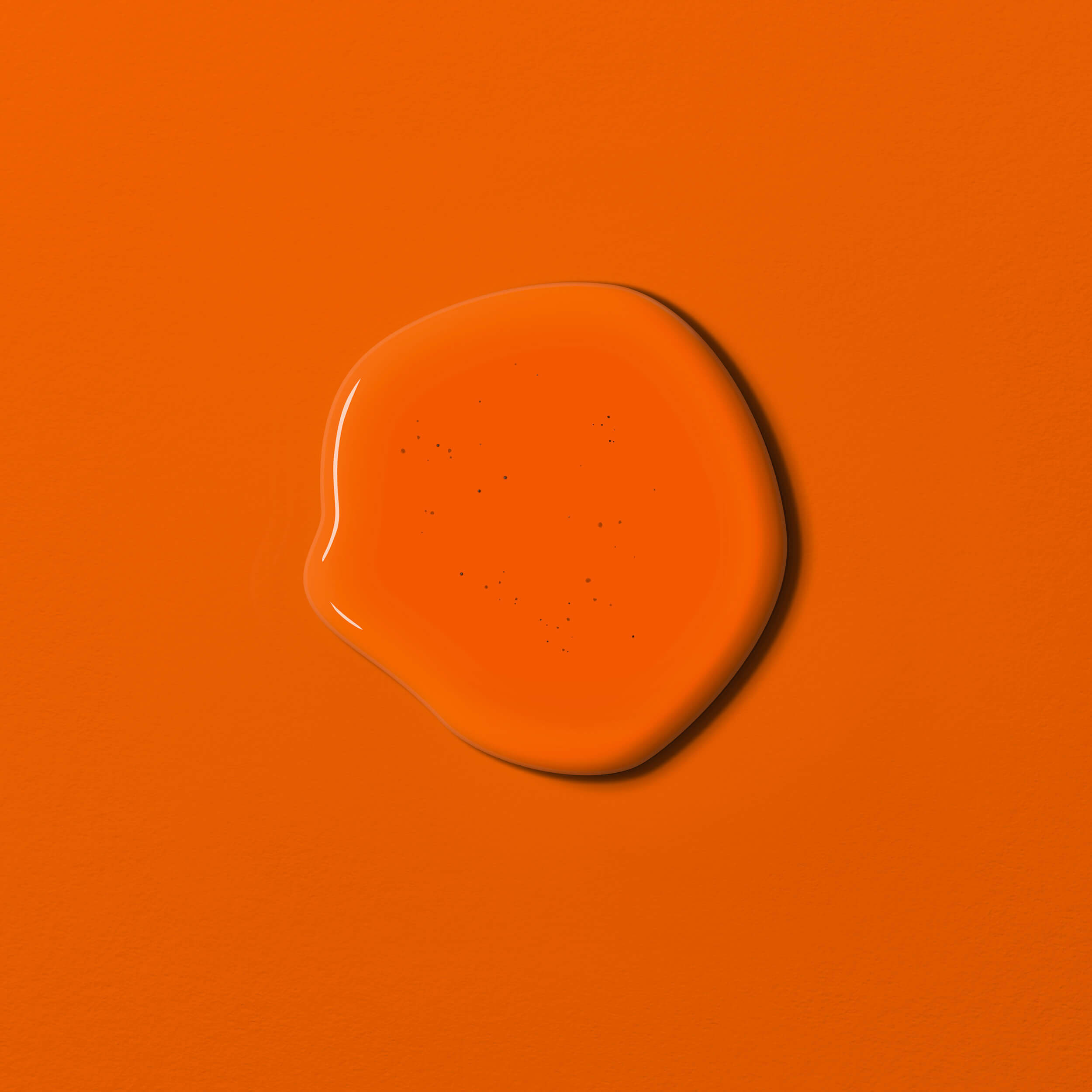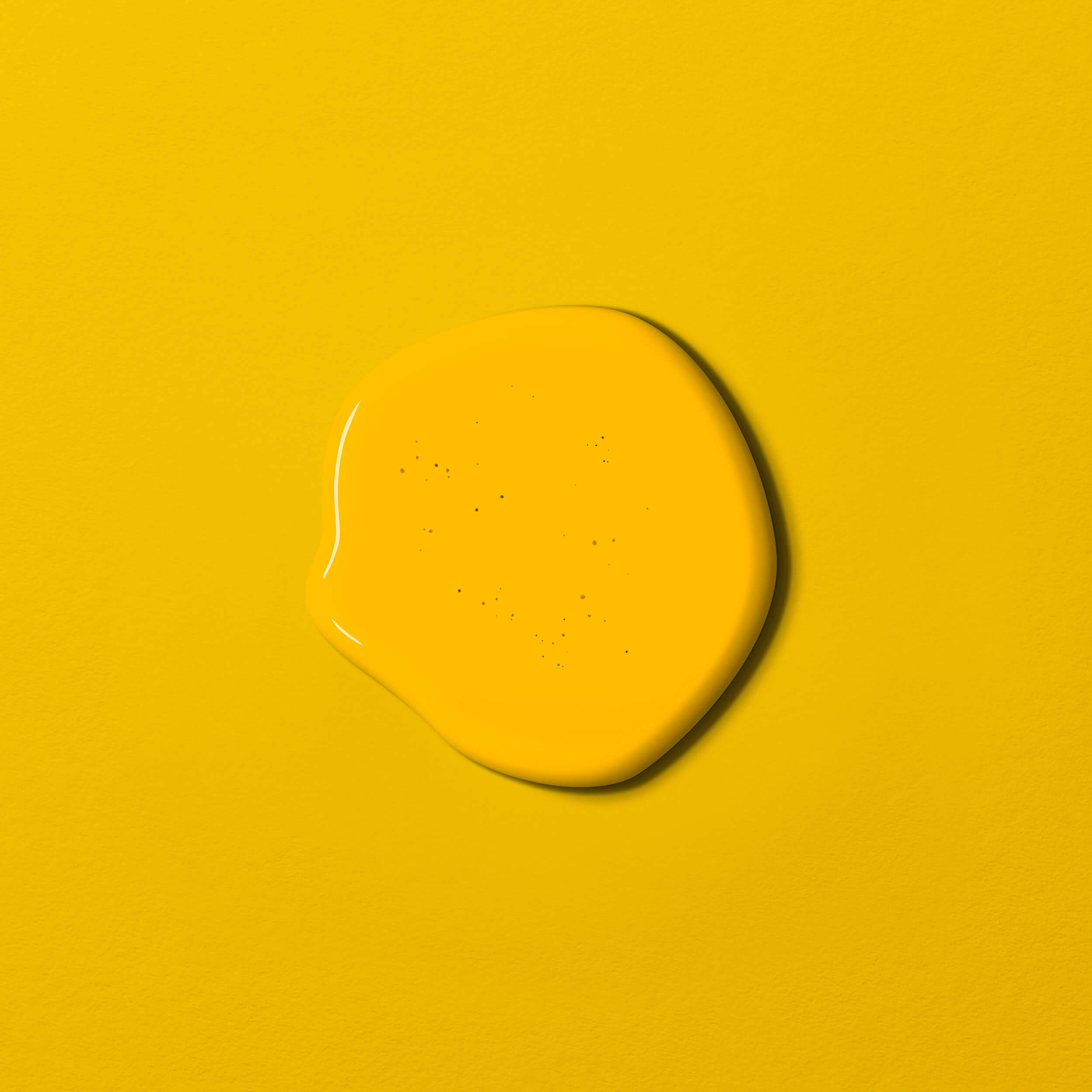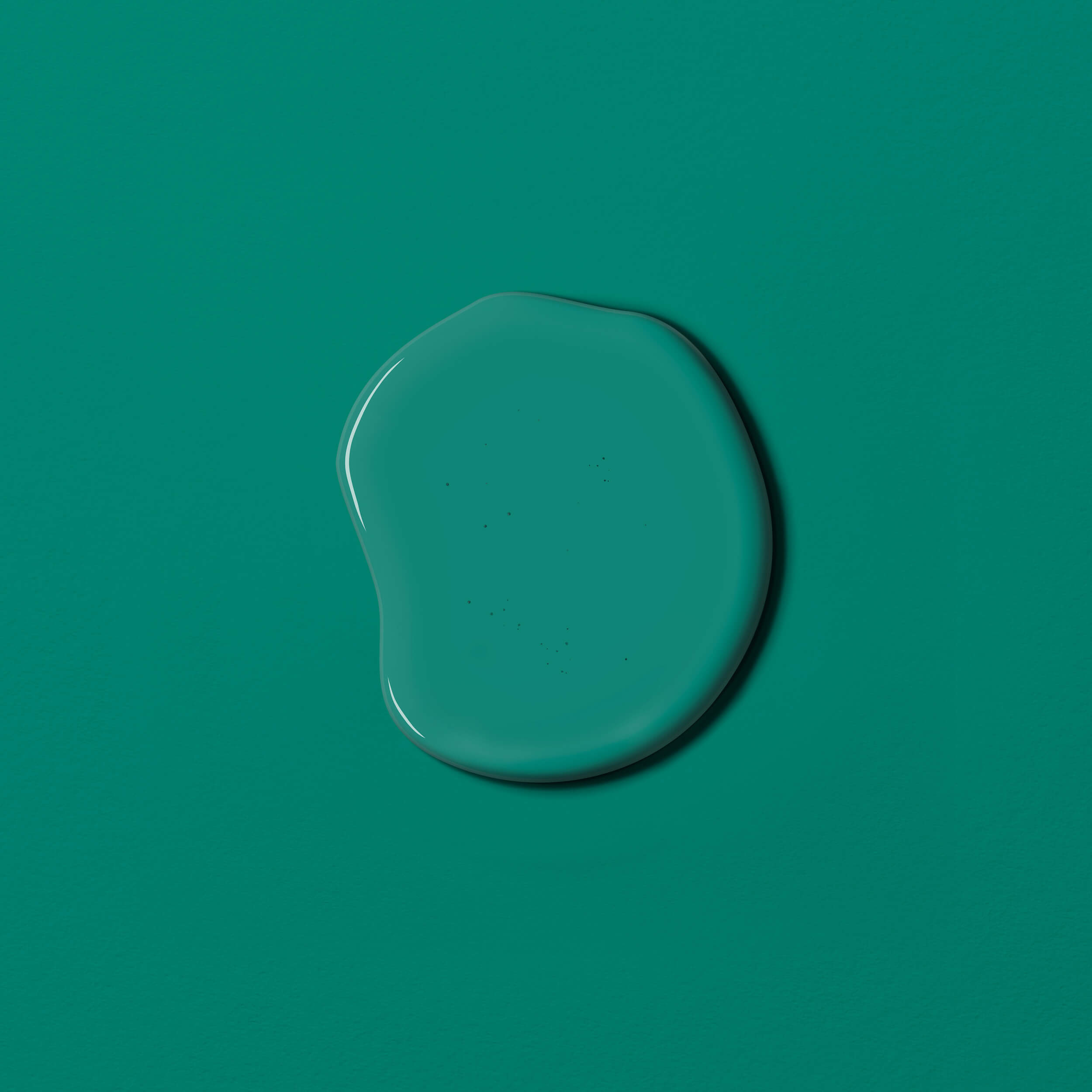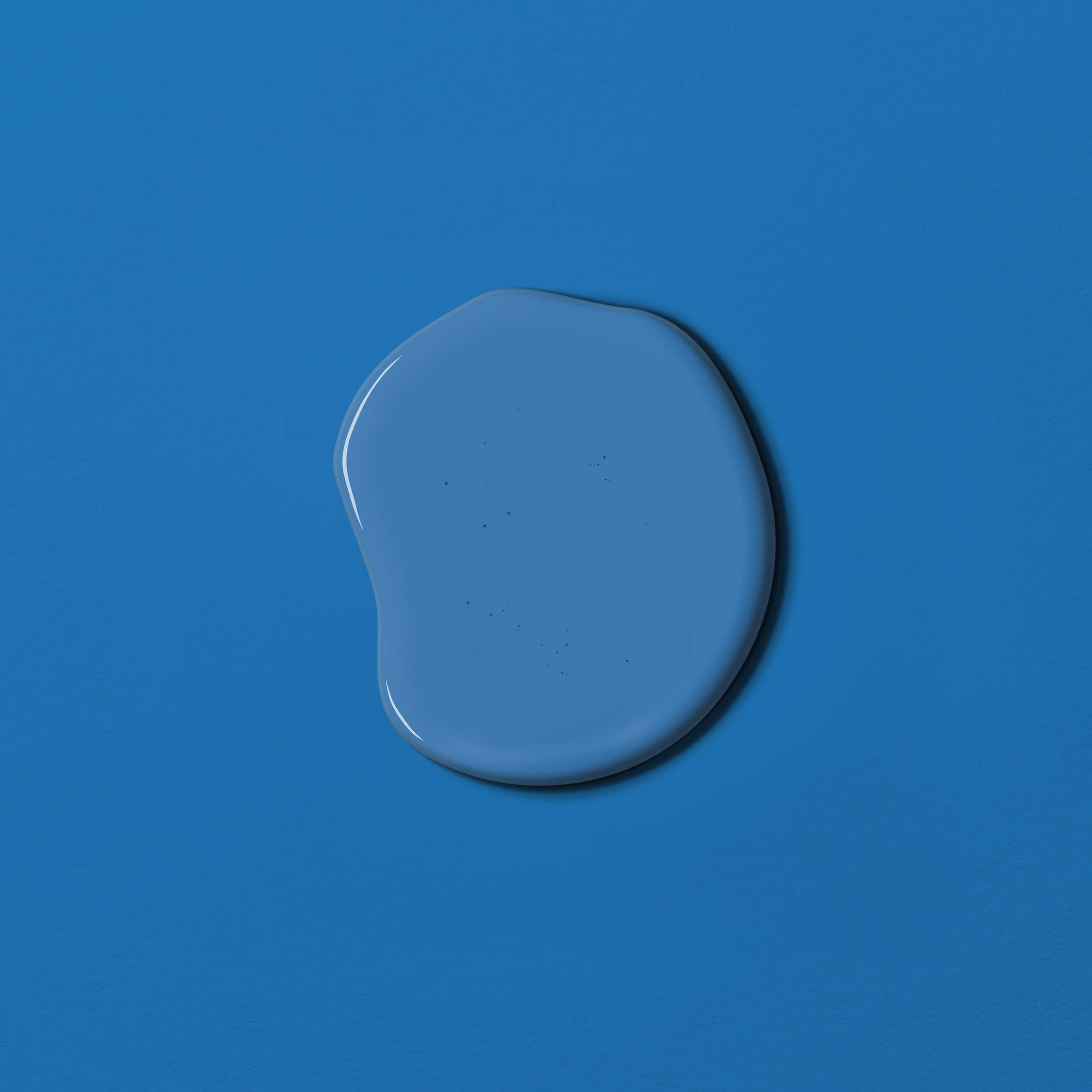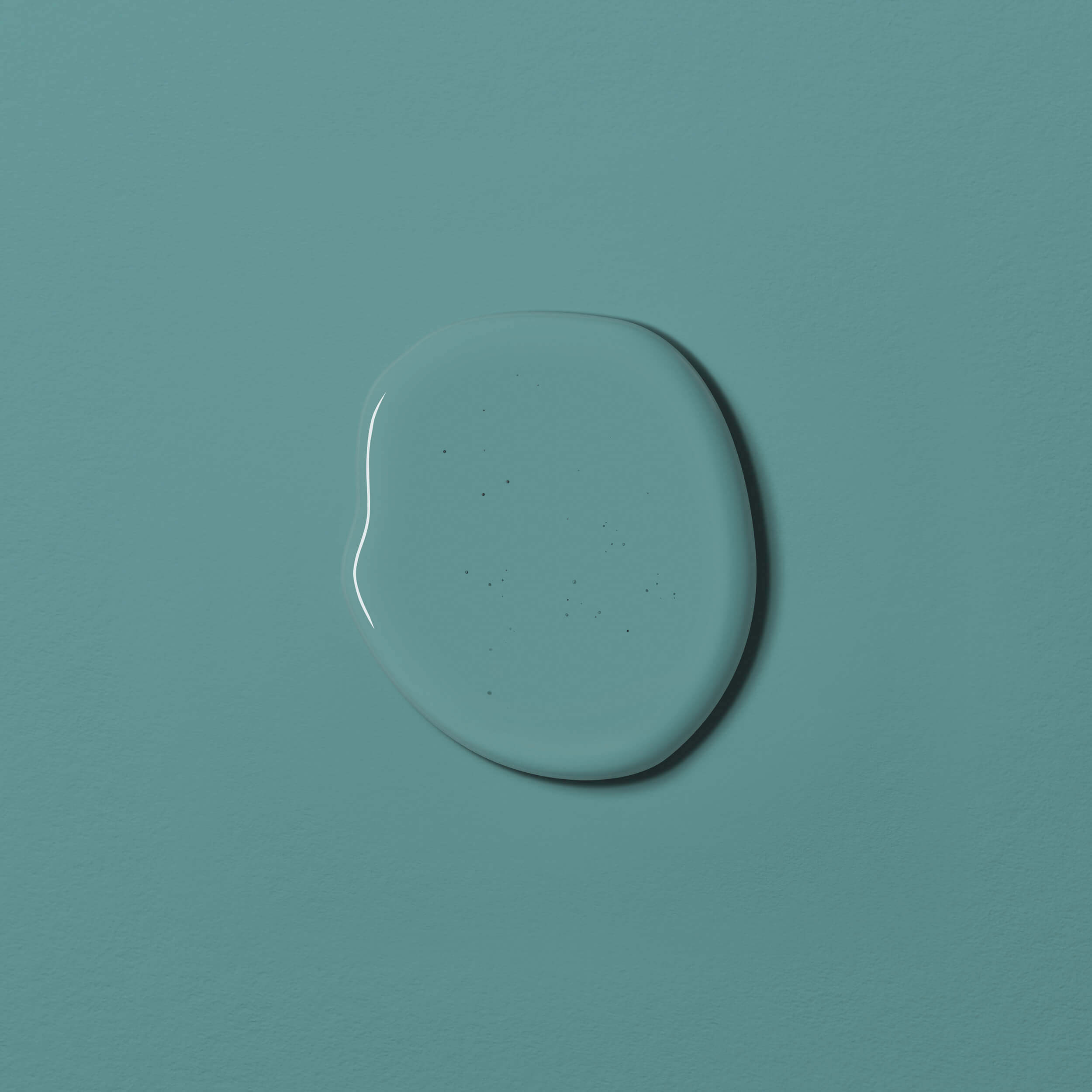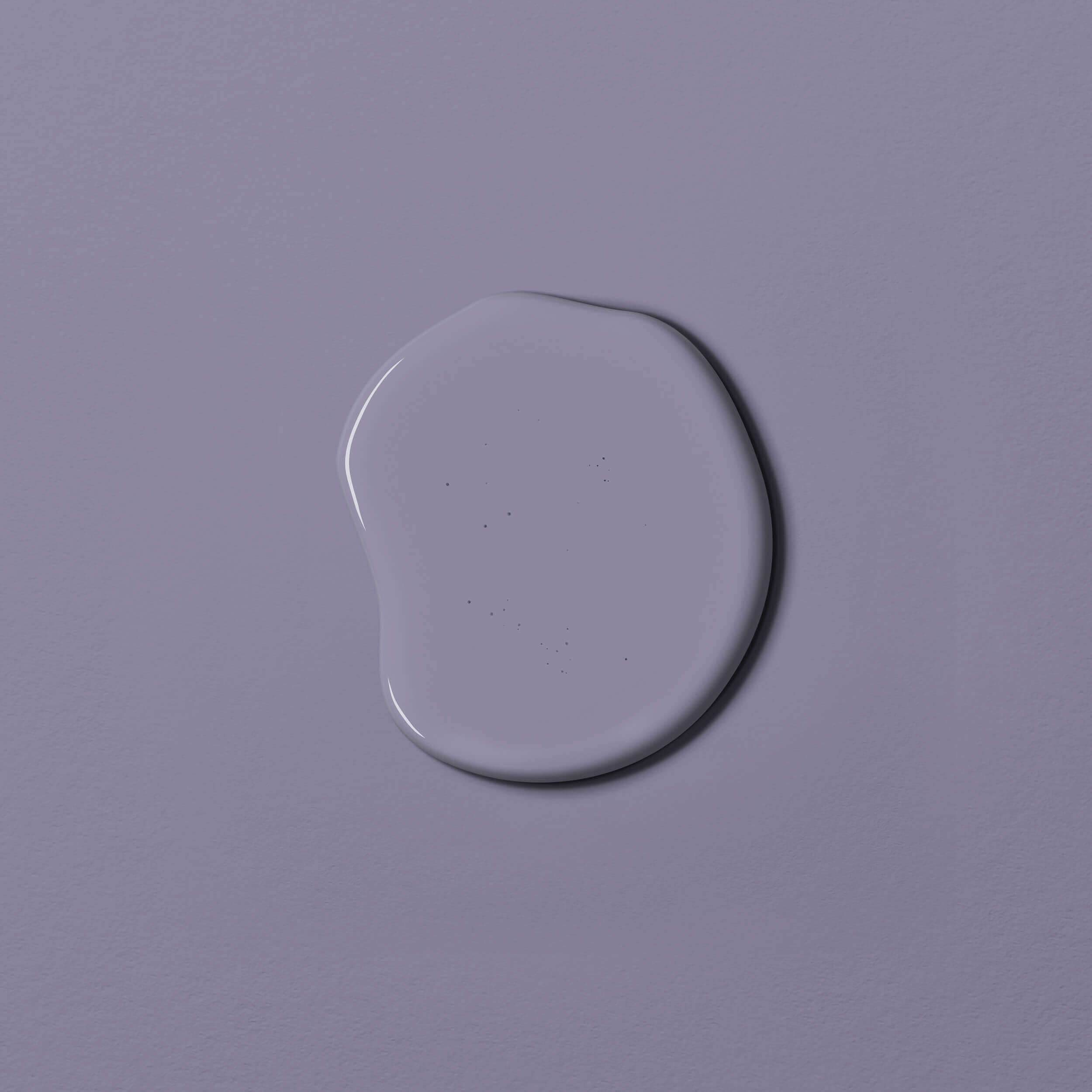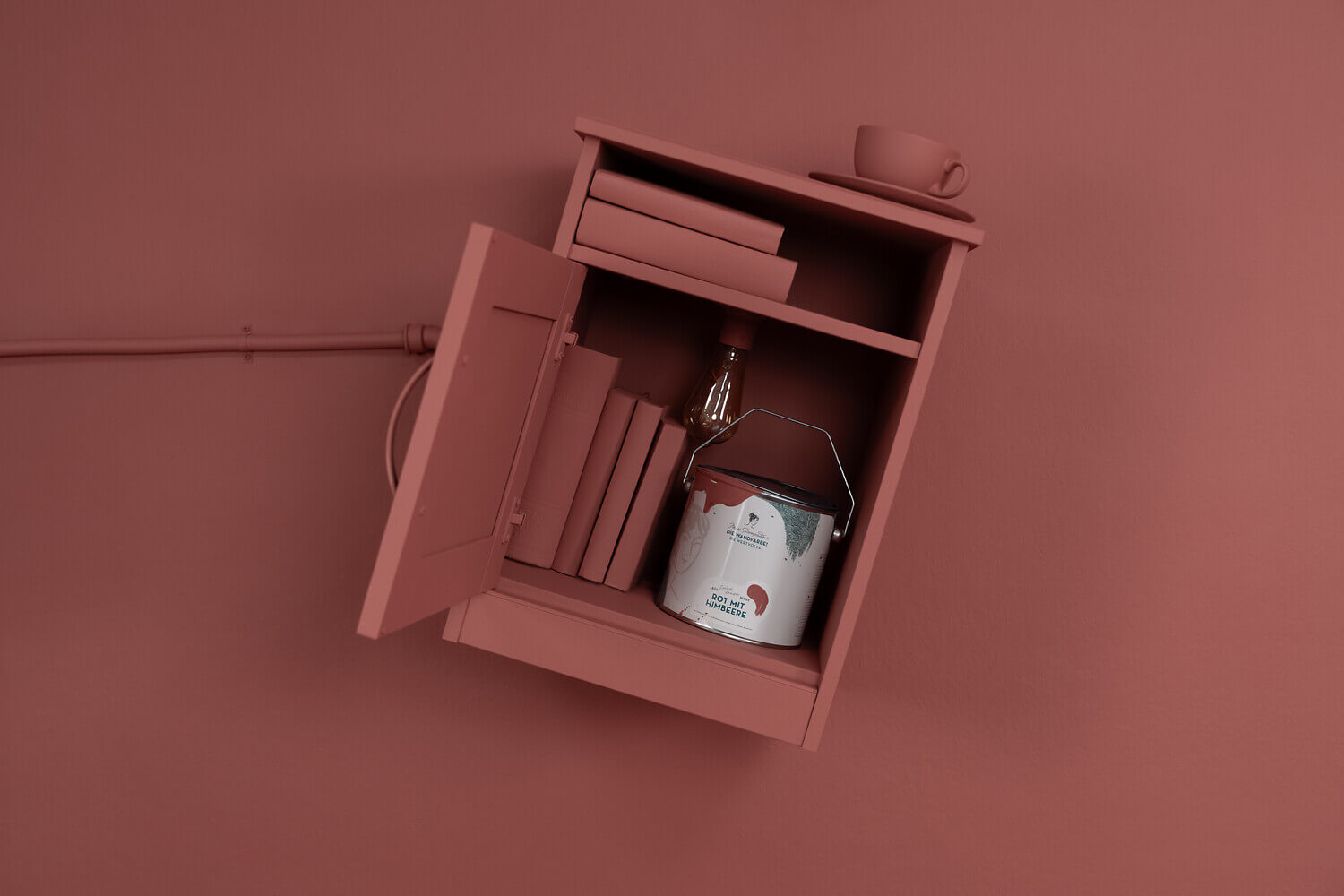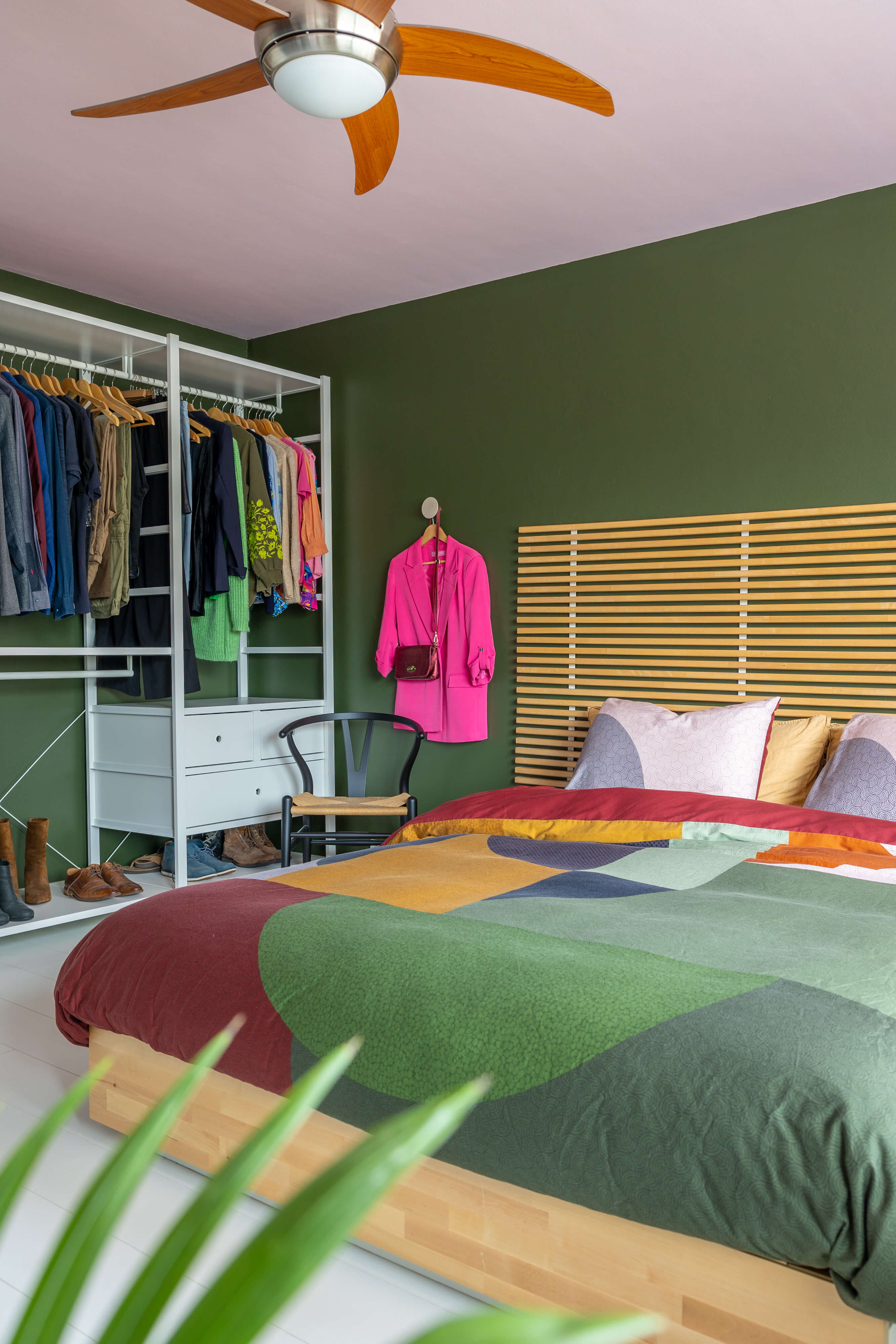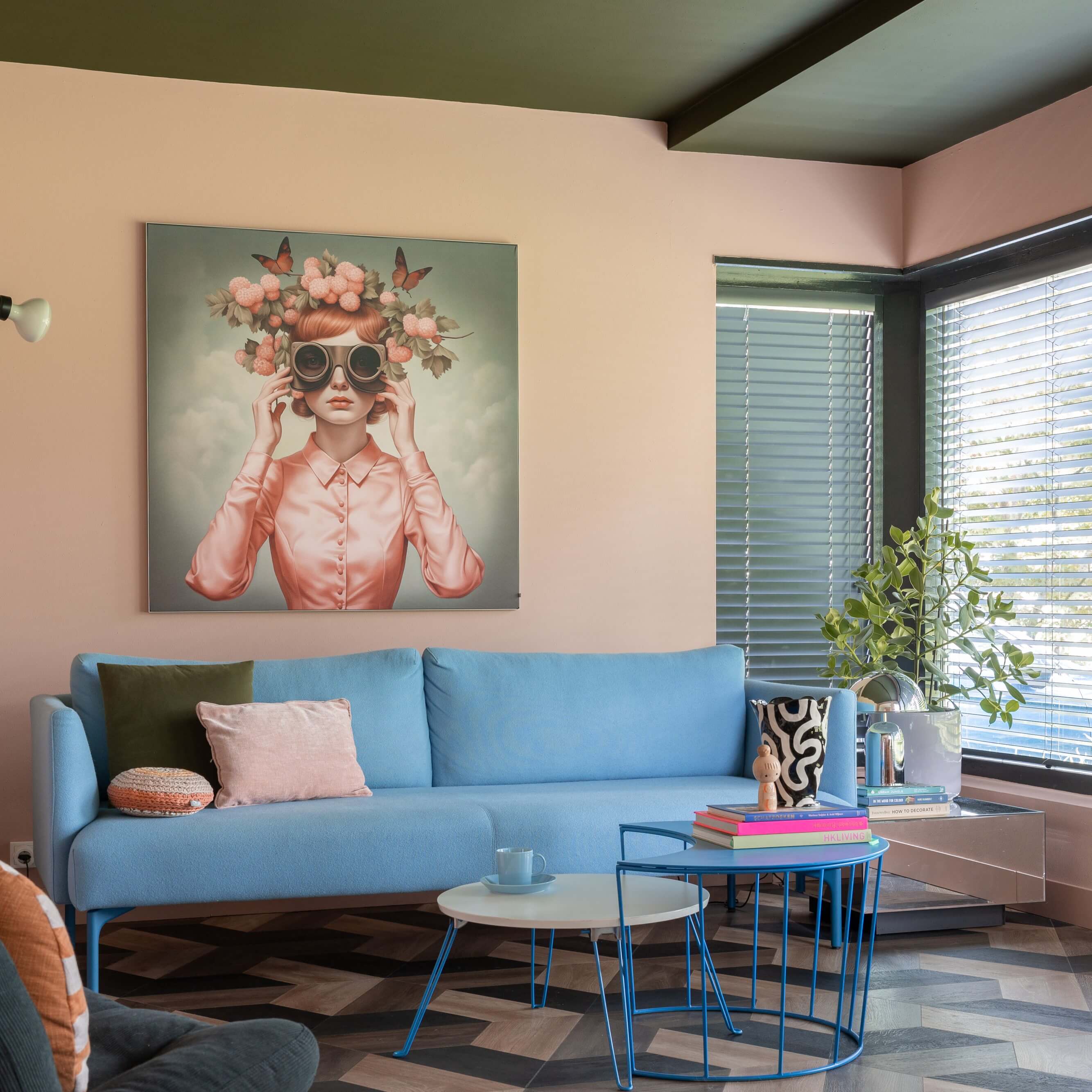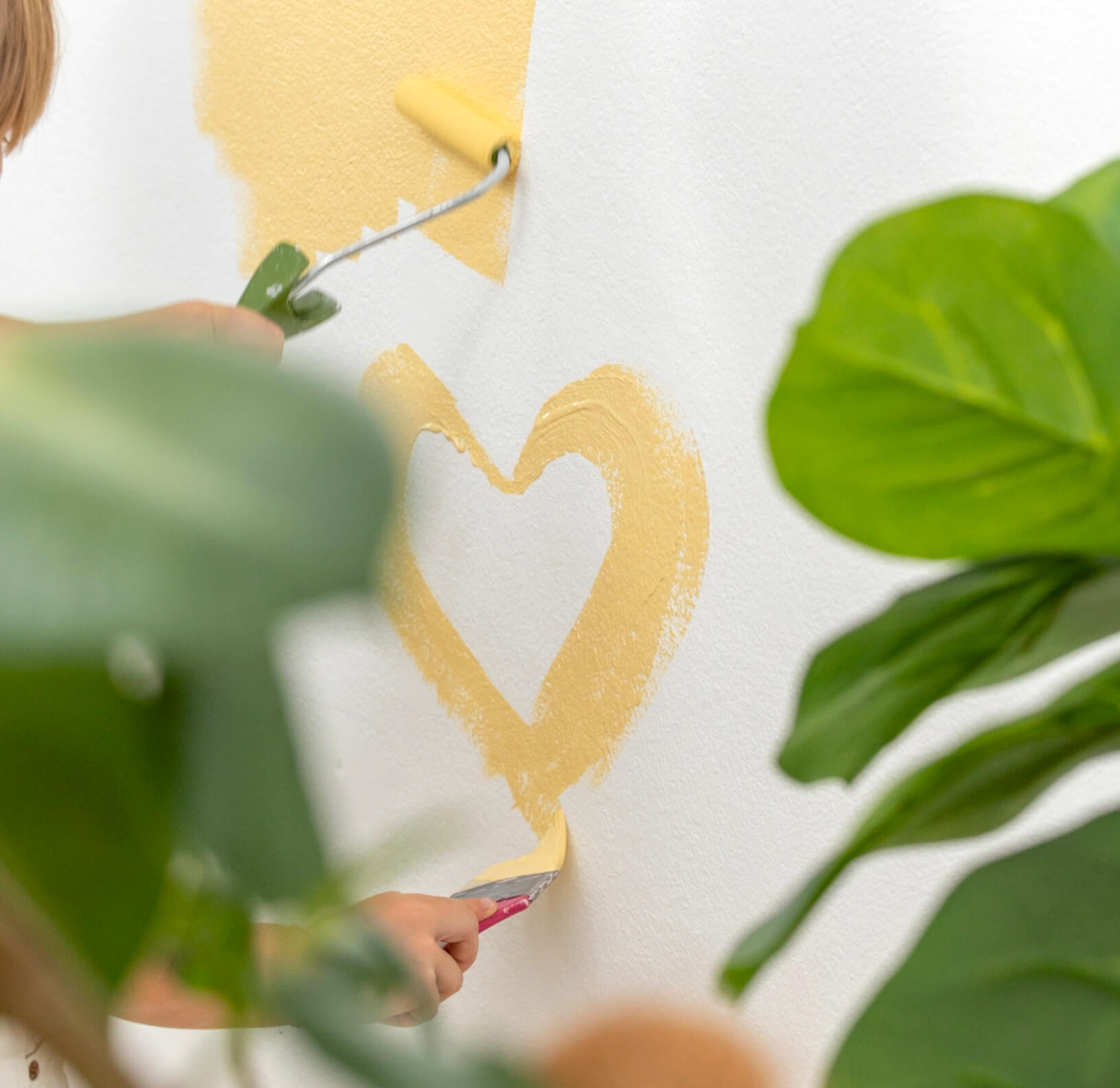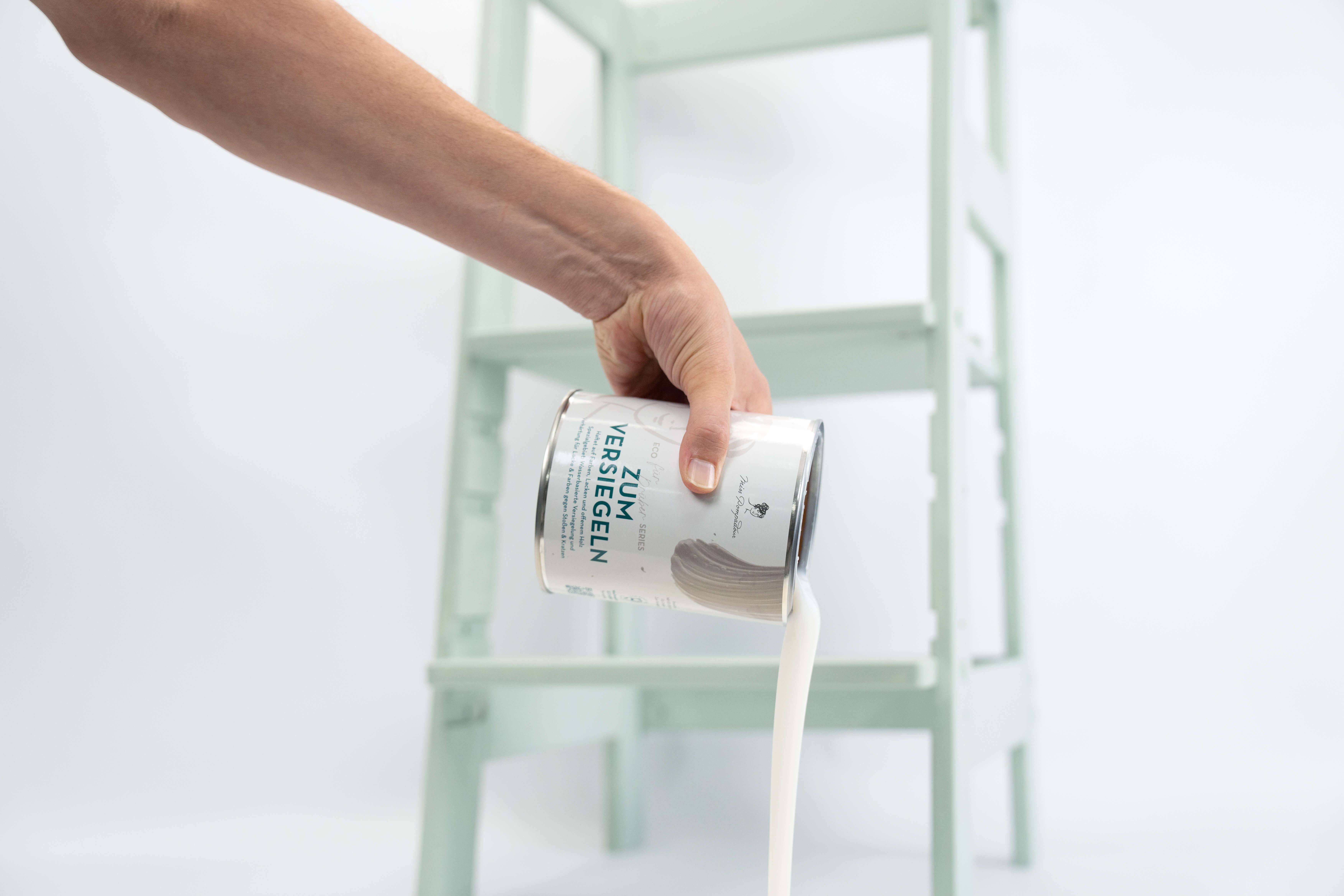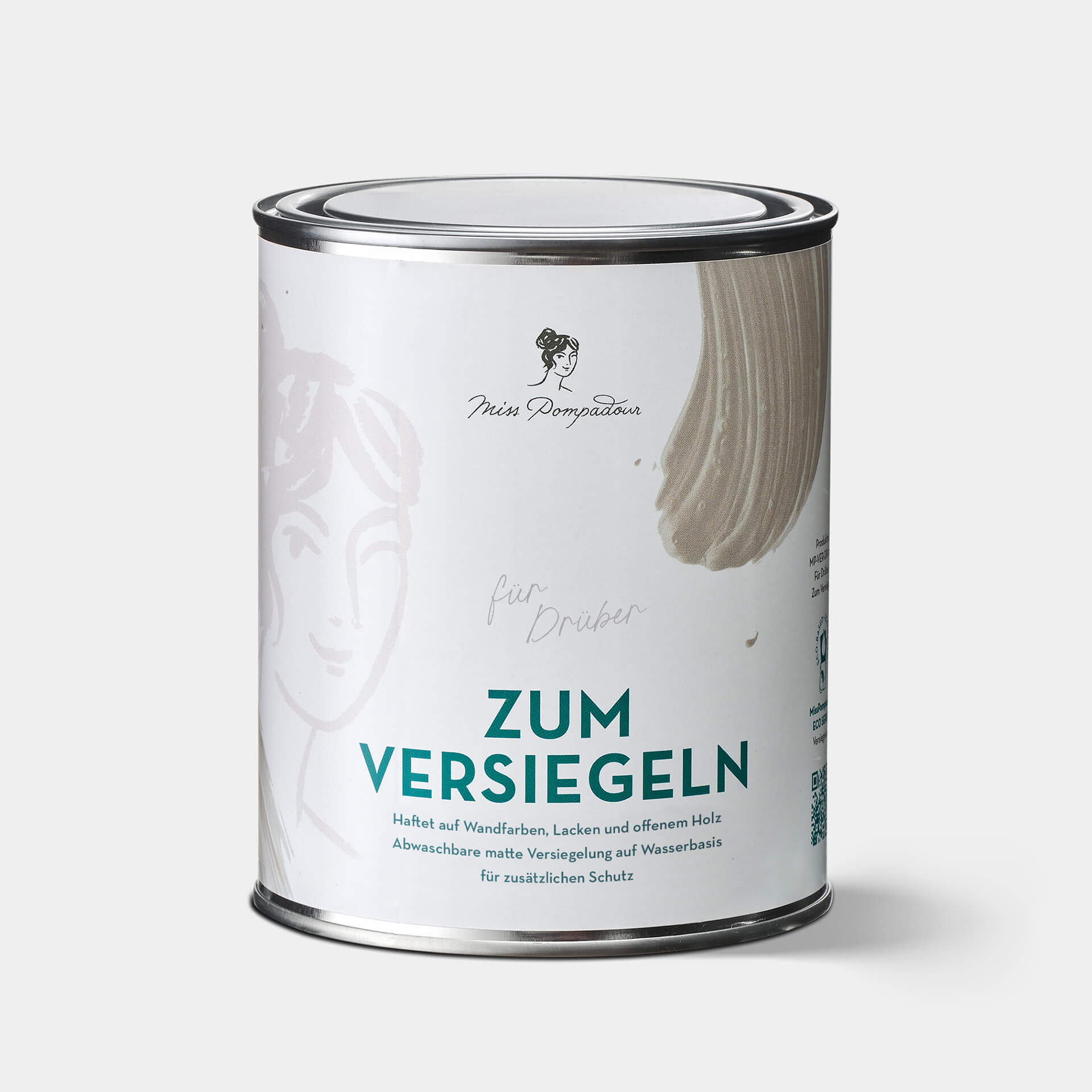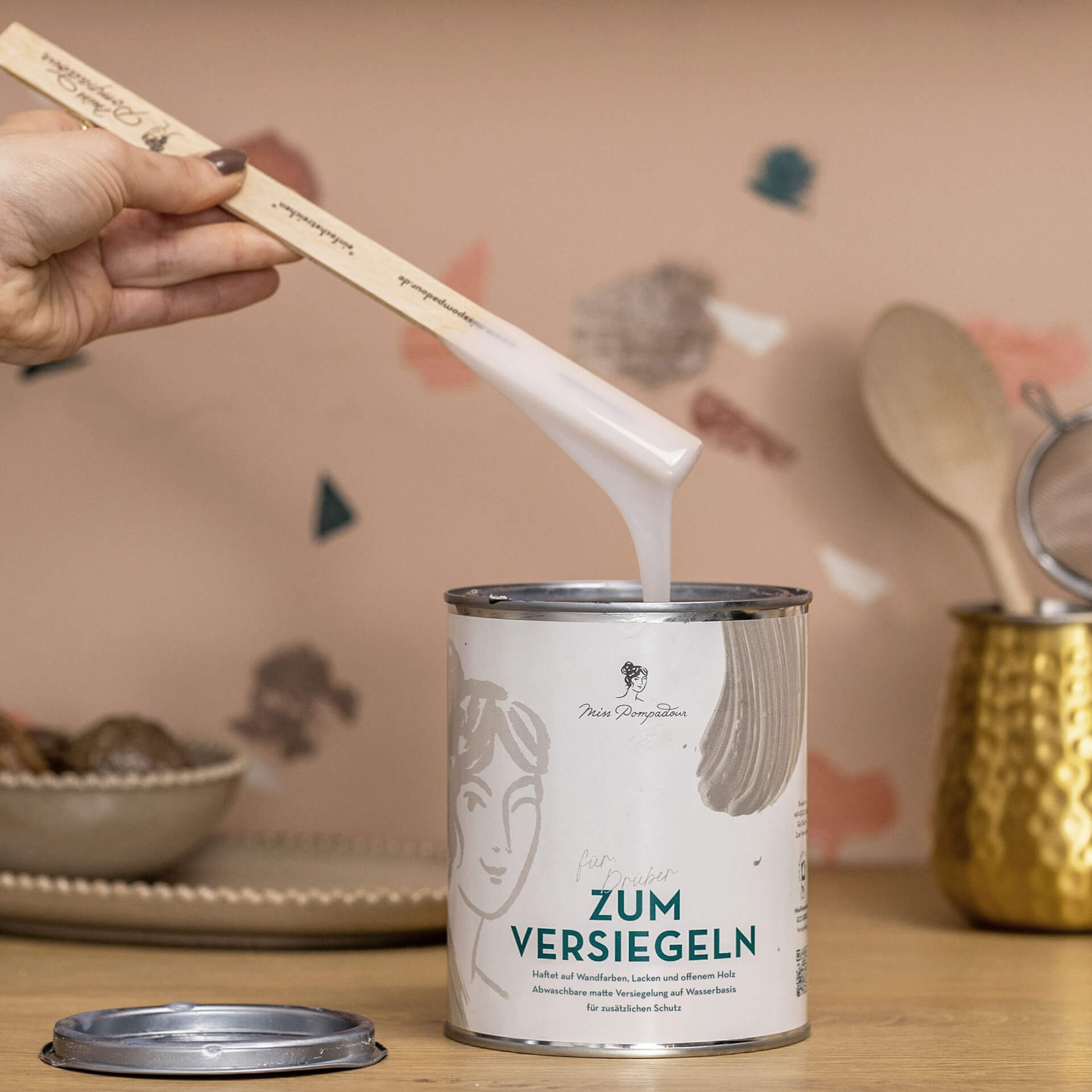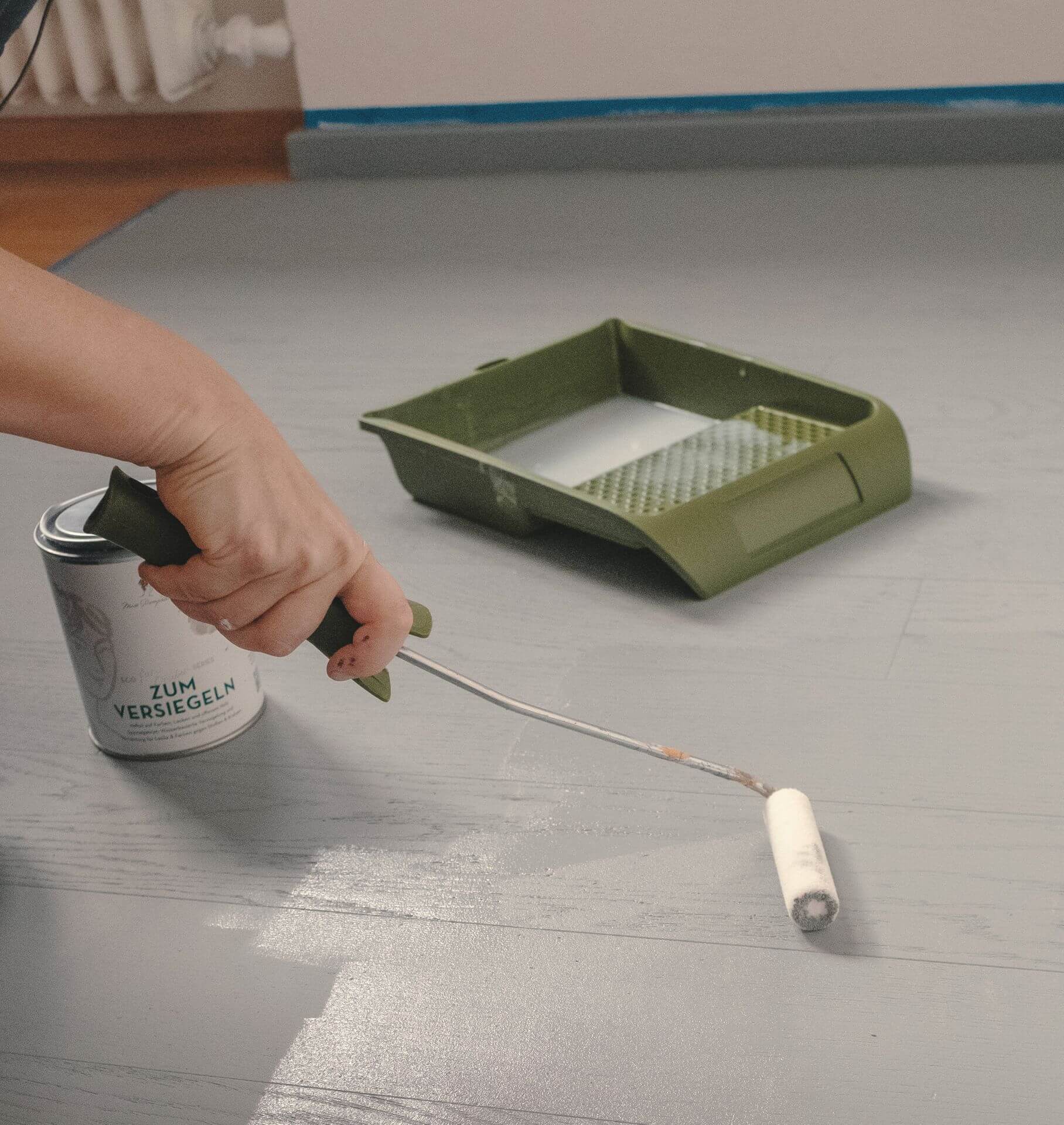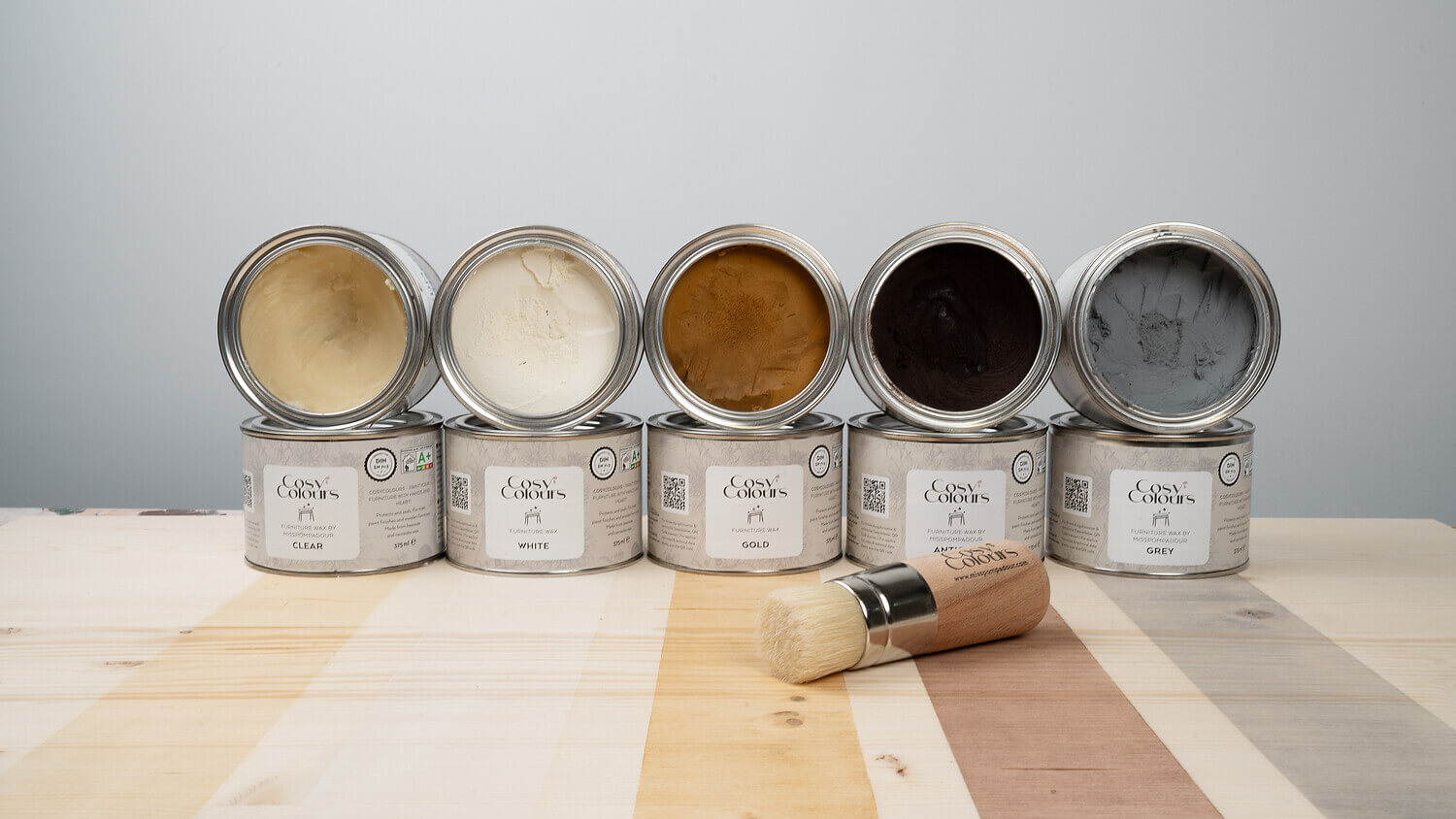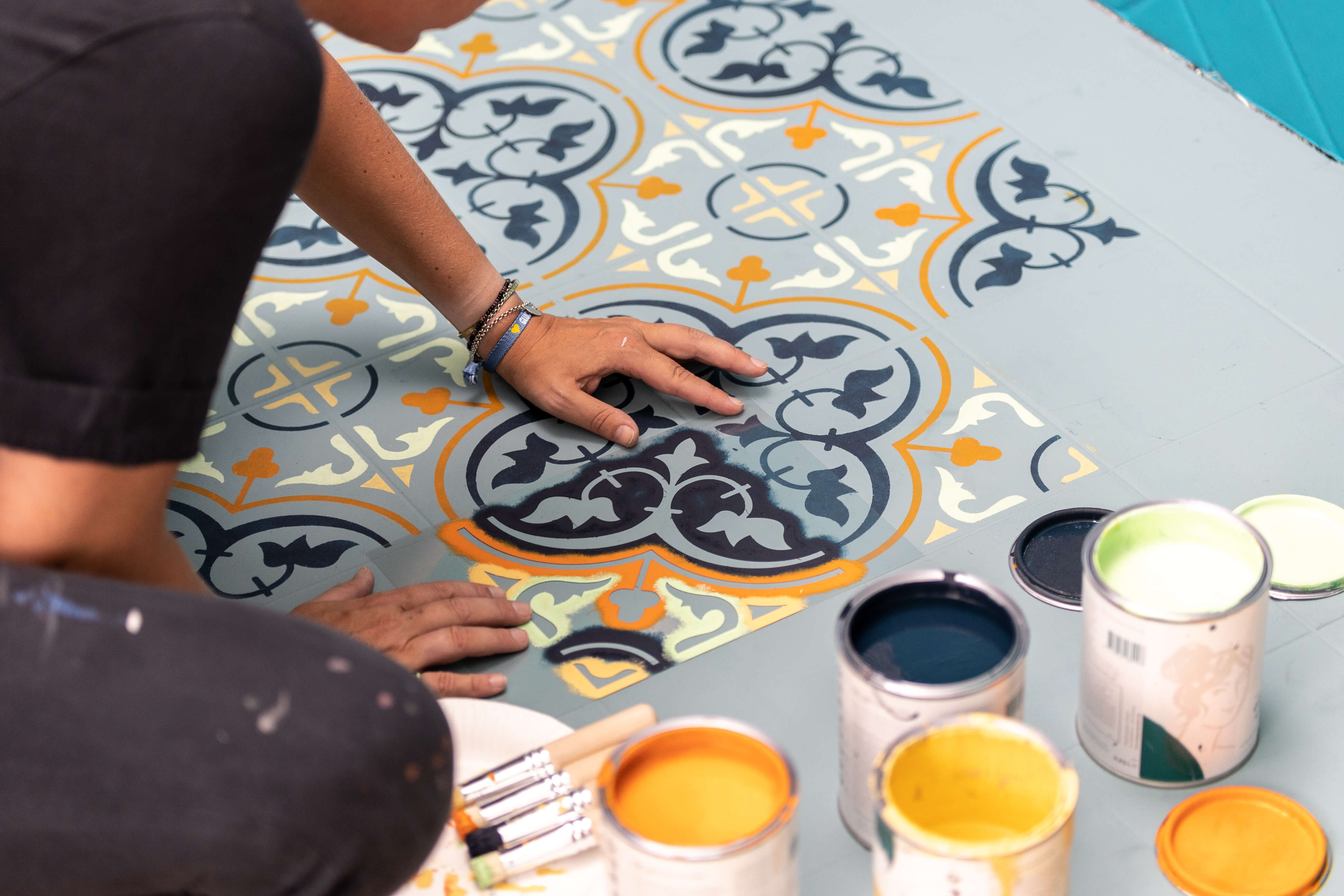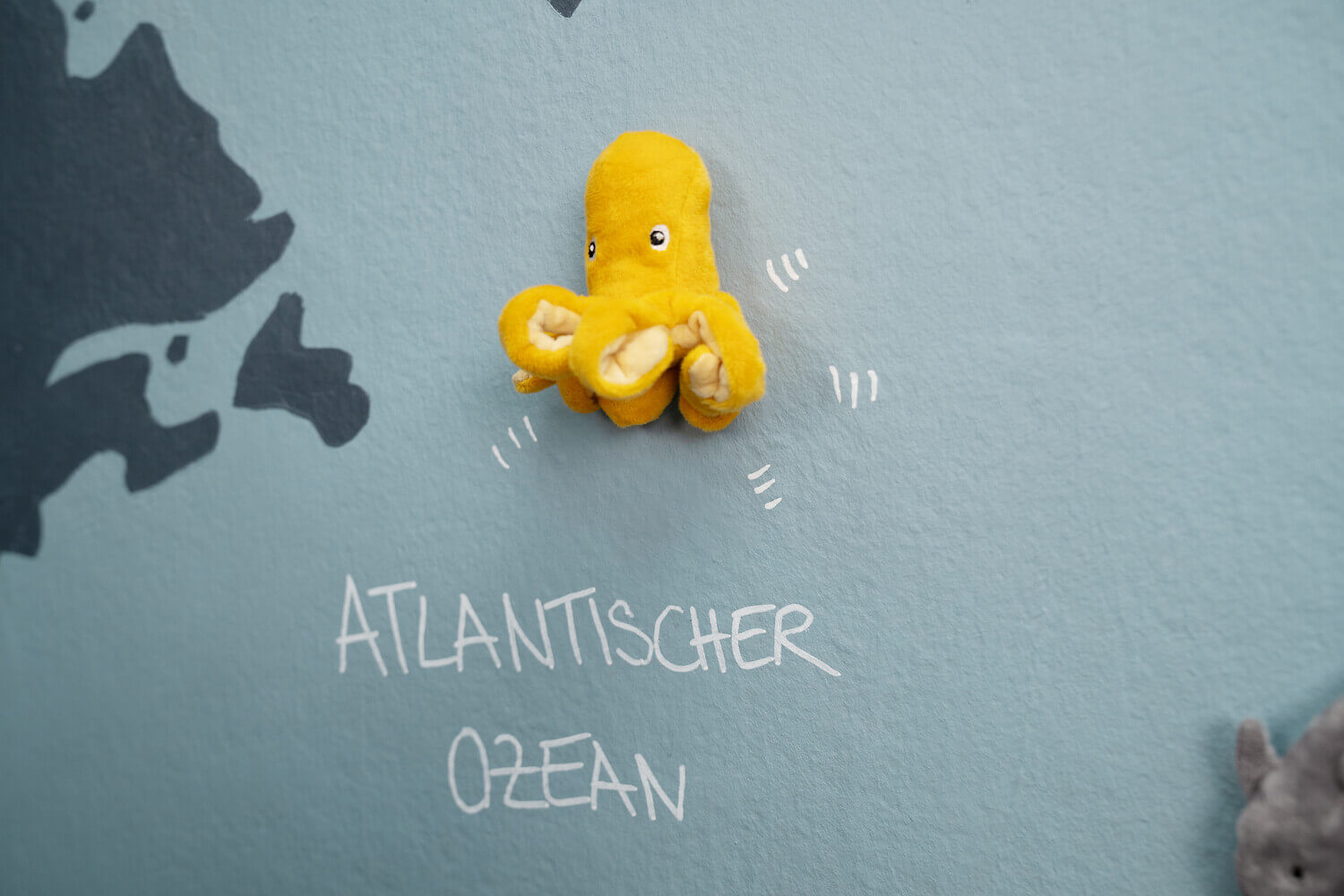

Filter:
What will you paint next?
Topcoat for varnishes and chalk paint
chalk paints are extremely stable as a wall emulsion and also as chalk varnishes in all varnish variants. This means you can remove stains on the wall with a damp cloth. What's more, chalk paint can be easily touched up at any time. You will see that the colour adheres perfectly to the repaired area and is no longer noticeable after a short time. But the topcoat comes at the end.
All chalk varnishes can of course be wiped off wet and do not shy away from contact with cleaning agents. The shinier a varnish is, the less sensitive and easier it is to clean.
Topcoat is important
Nevertheless, there are situations where it makes sense to work with topcoat.
If you have a very hard-wearing wall that is often exposed to water splashes, we recommend applying a topcoat of MissPompadour To Seal. This topcoat does not change the colour and is matt. A topcoat of sealer can also be helpful in children's rooms or stairwells. It is often sufficient to protect only the lower part of the wall up to a height of approx. 150cm.
If you want to finish a wooden or metal workpiece with wall emulsion, you should always stabilise the surfaces with matt clear lacquer.
Matt clear varnish as a topcoat
If you want to make a surface painted with chalk varnish even more durable, we recommend protecting painted floor tiles in particular, but also kitchen worktops and similar surfaces, with To Seal extra. It also ensures that your surfaces remain matt.
Furniture, kitchen cabinets and other objects that have been finished with a matt varnish or natural matt wall emulsion can also be sealed with a colourless wax. This will make the surface a little less matt. In return, it acquires a neat, elegant lustre. It also becomes resistant to dirt and is easy to clean.

